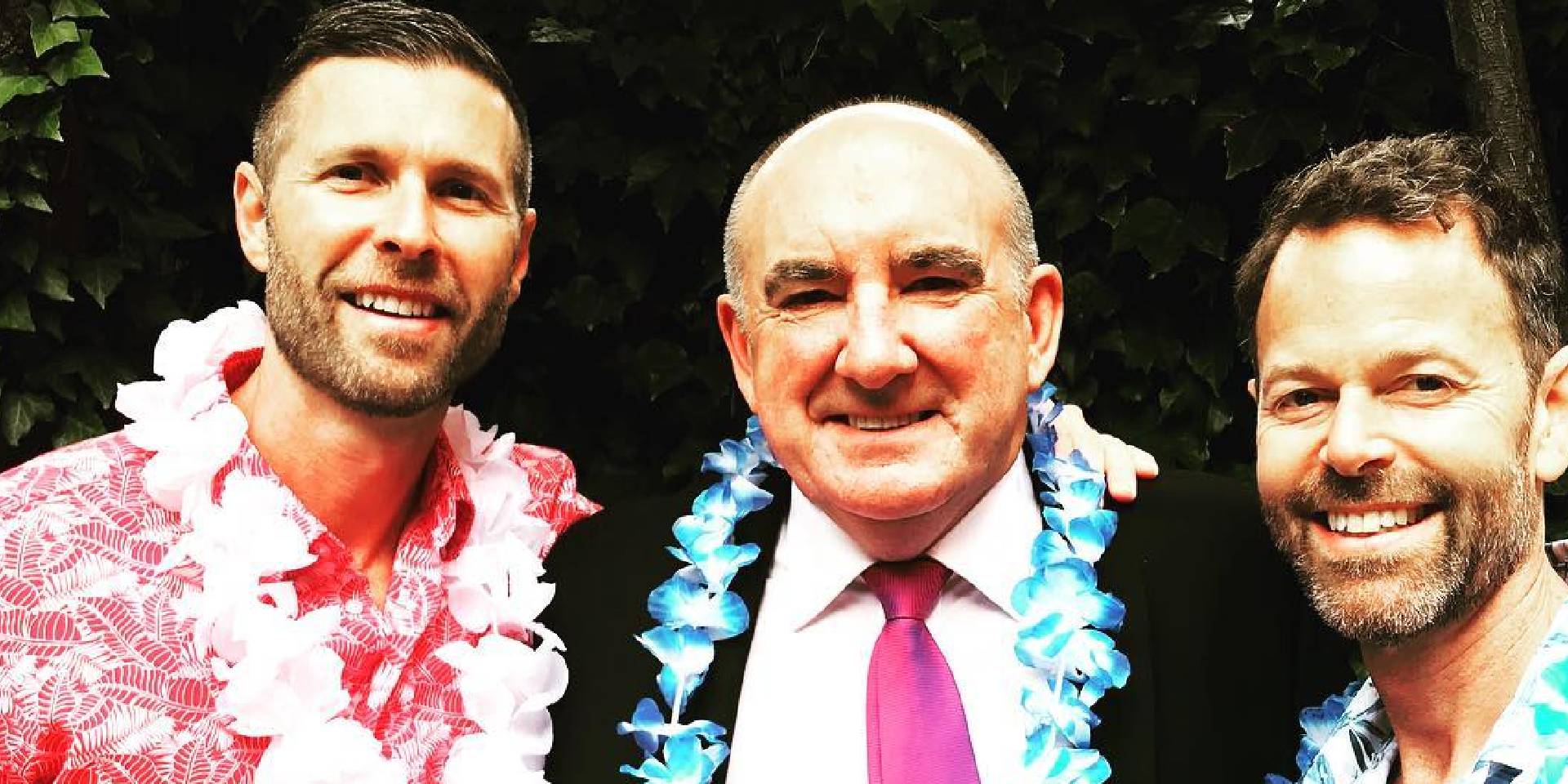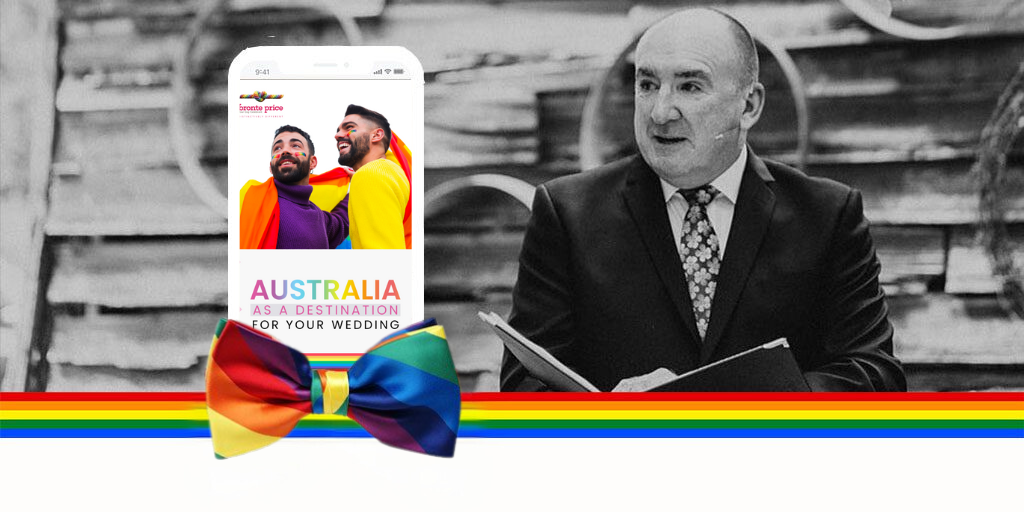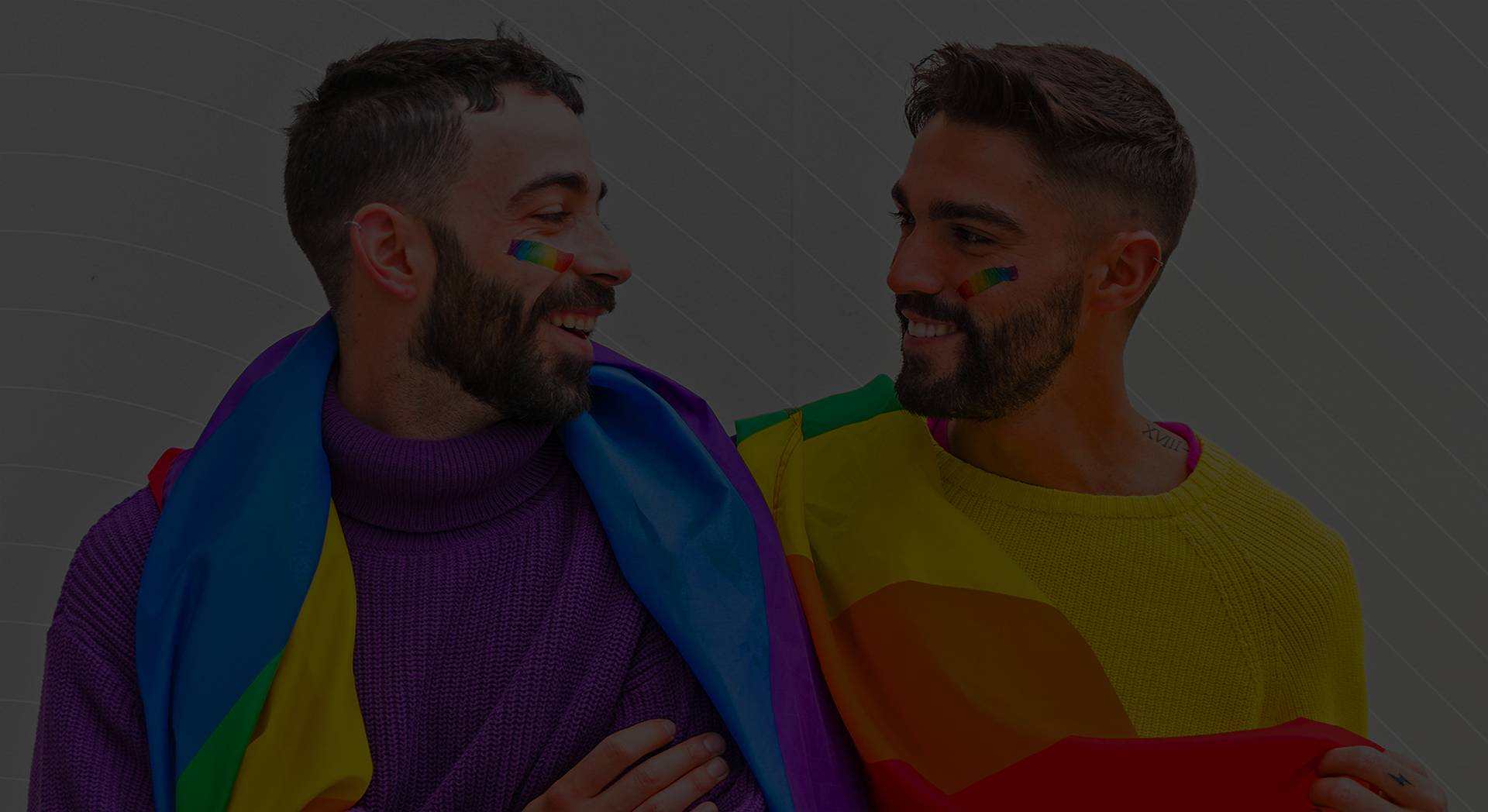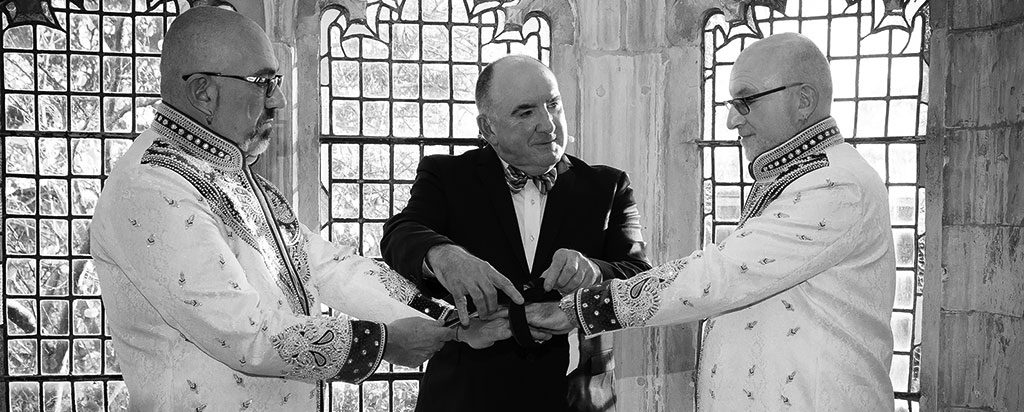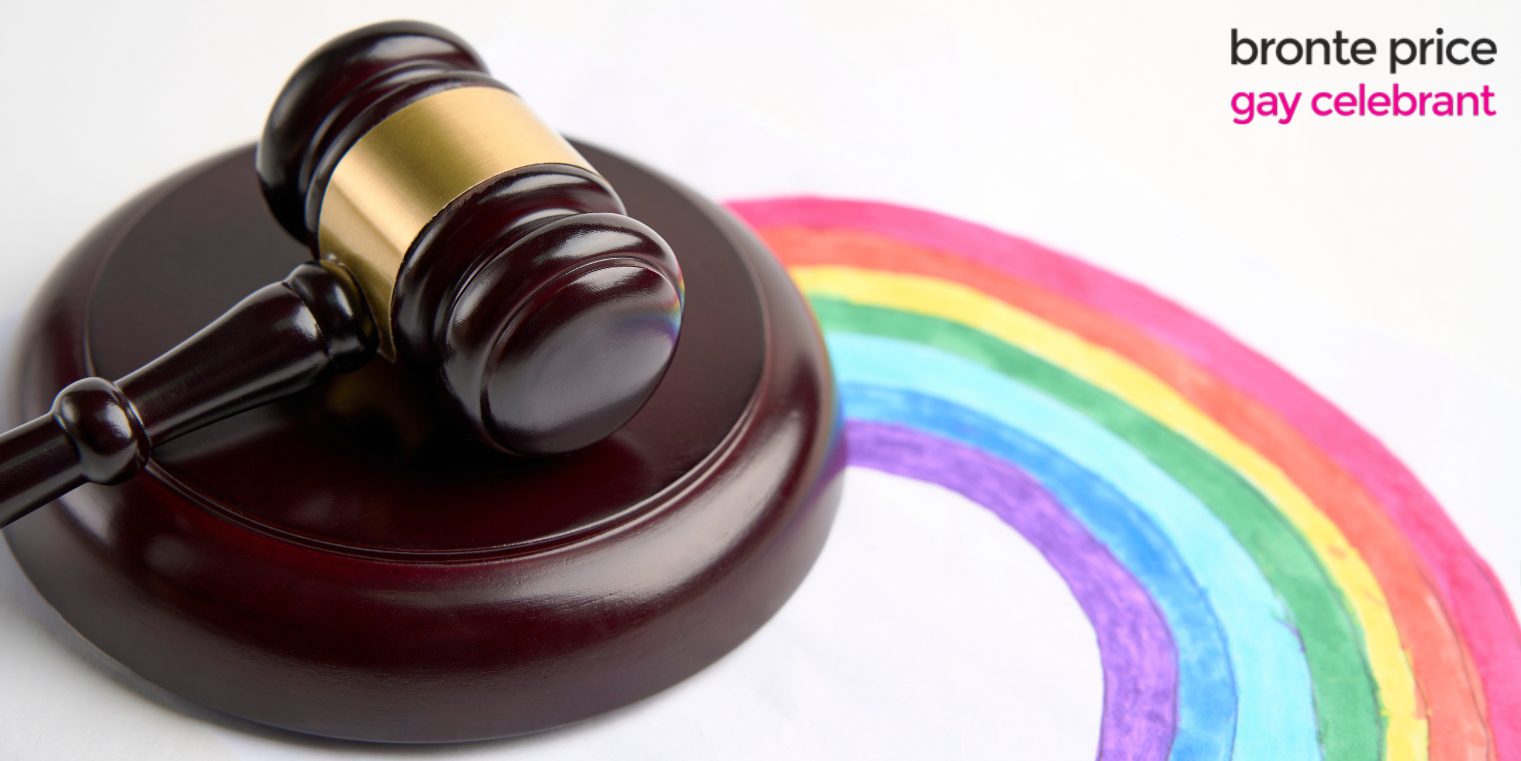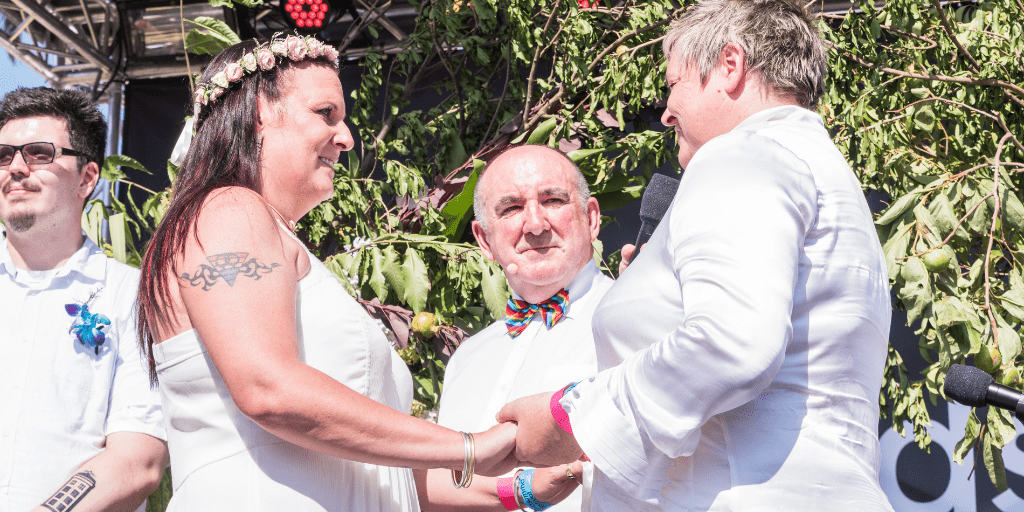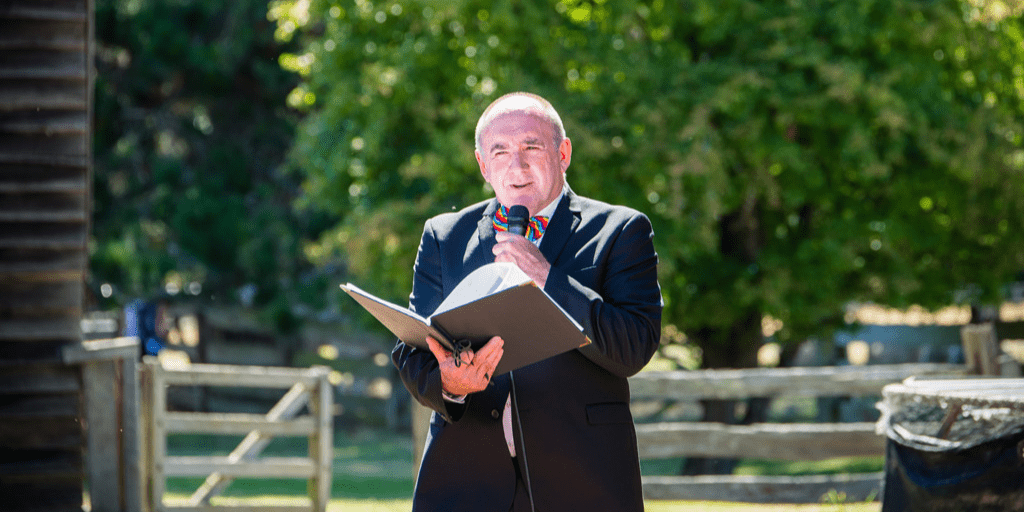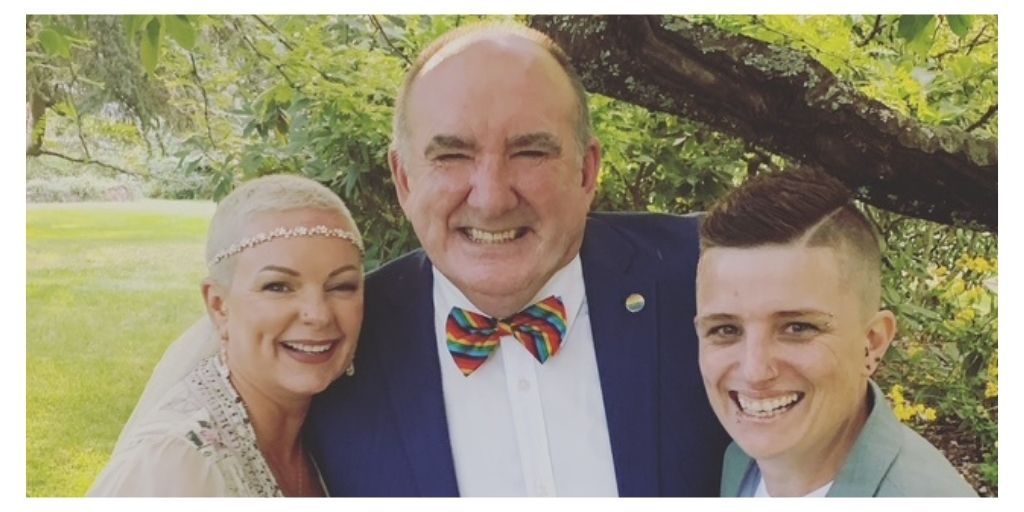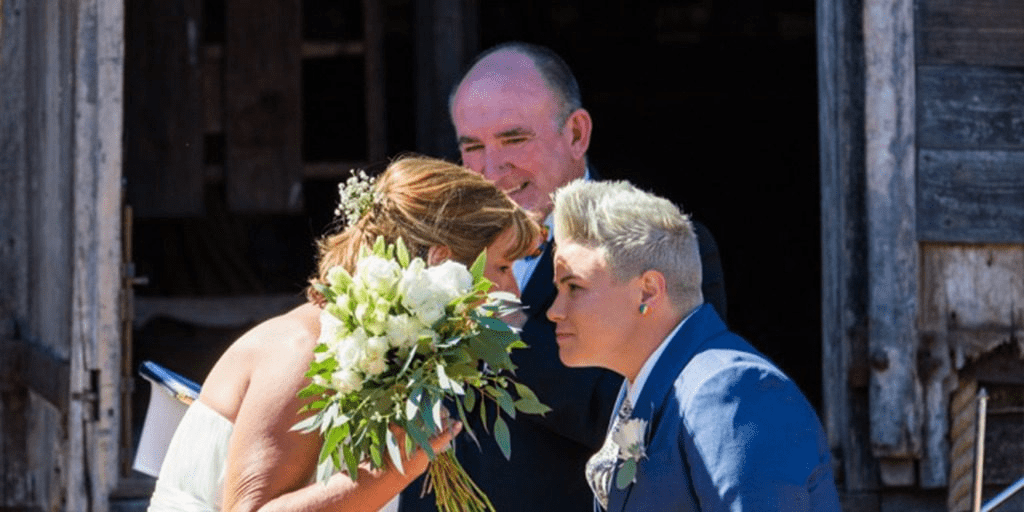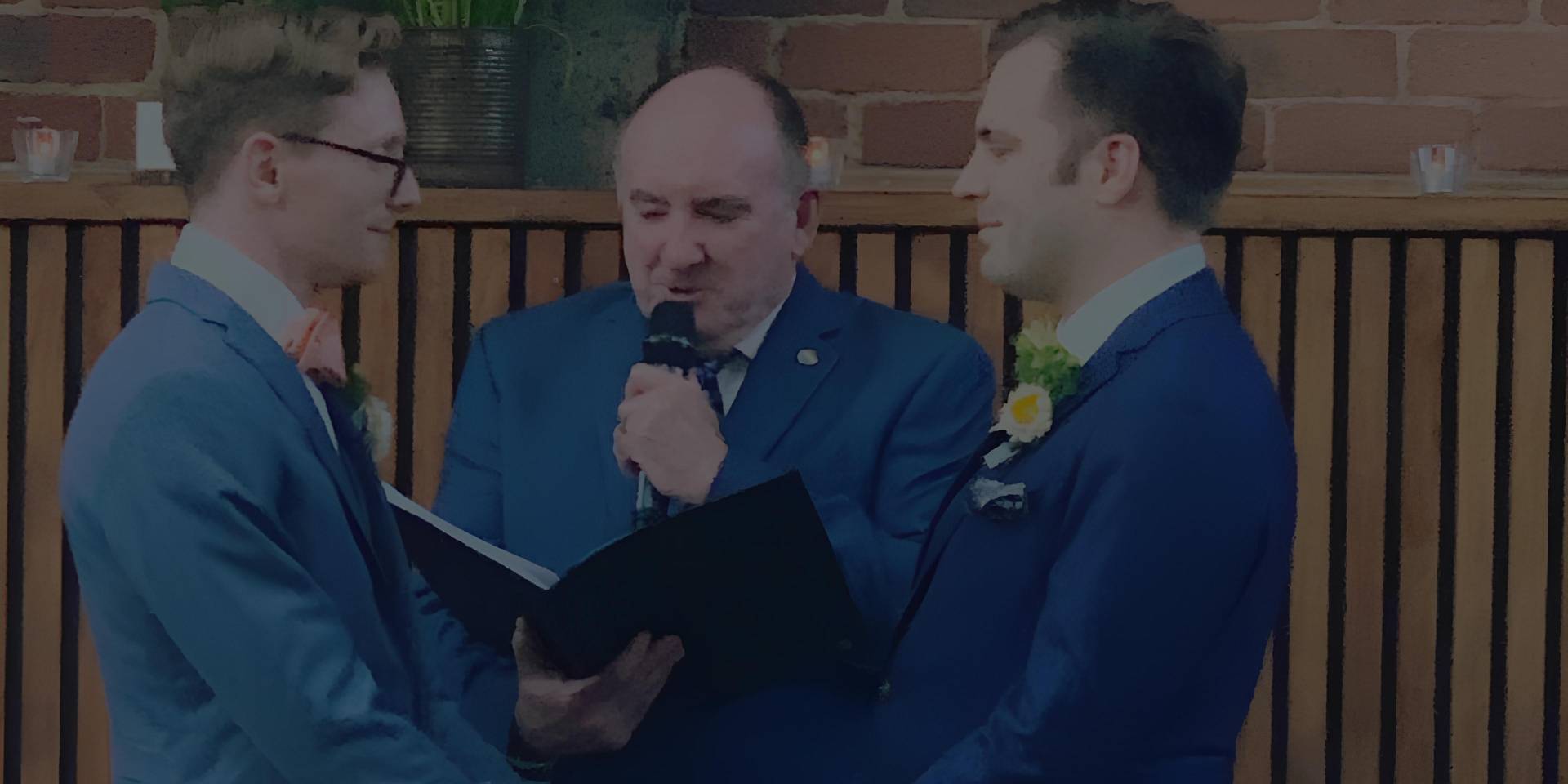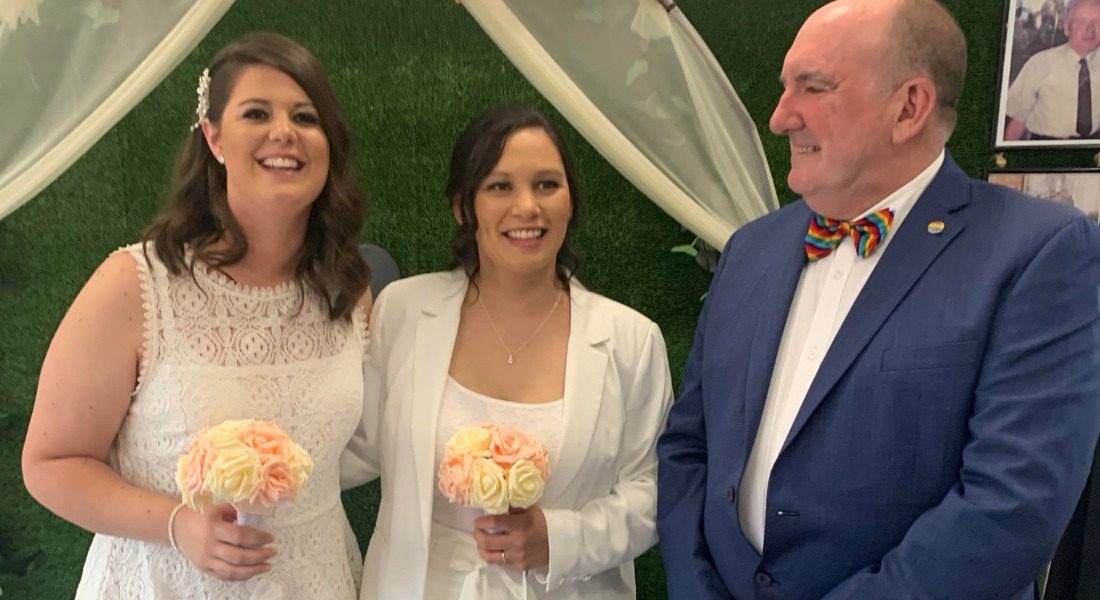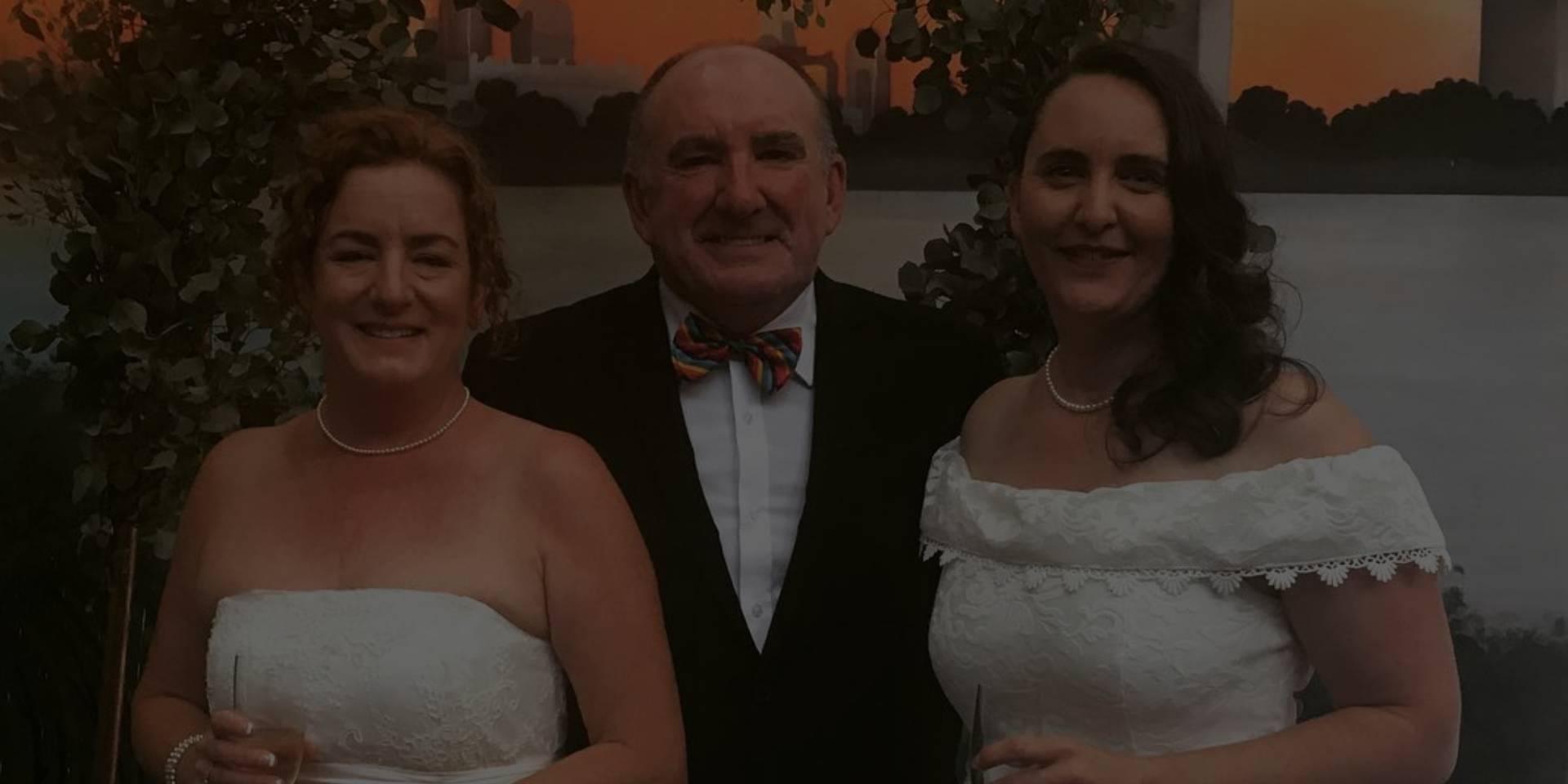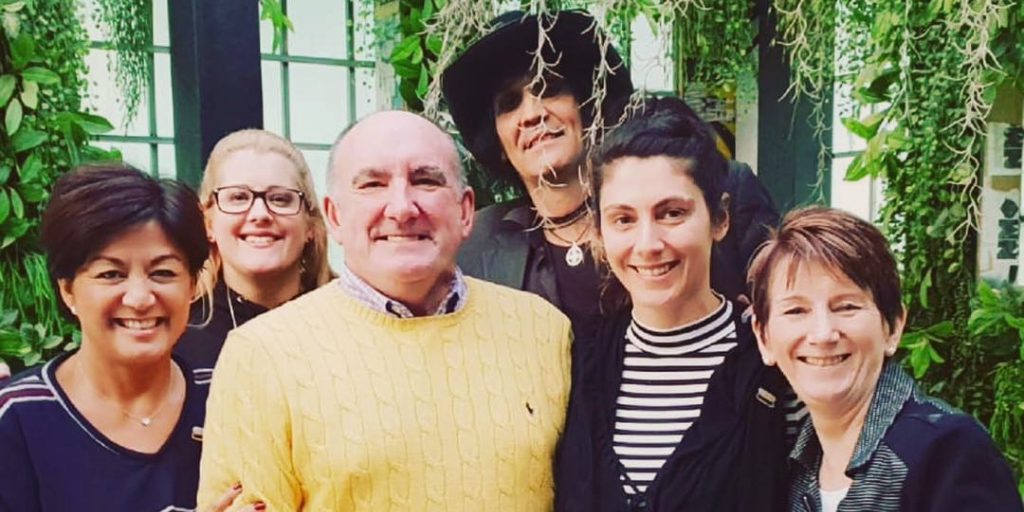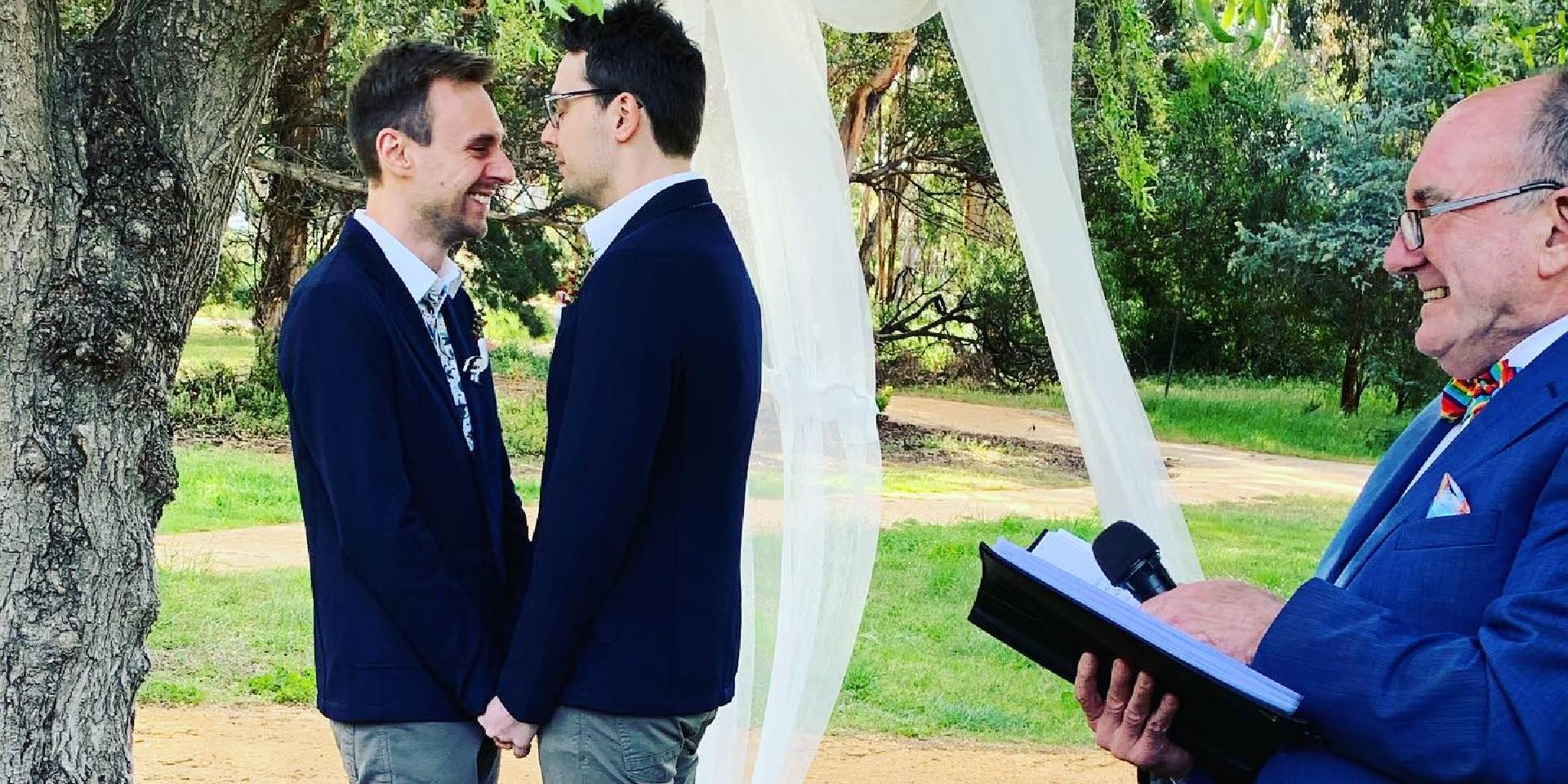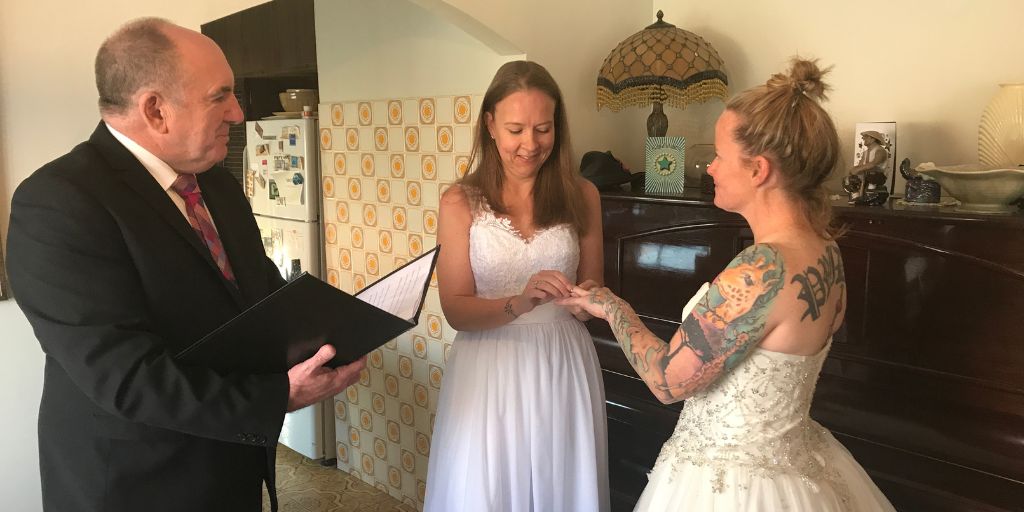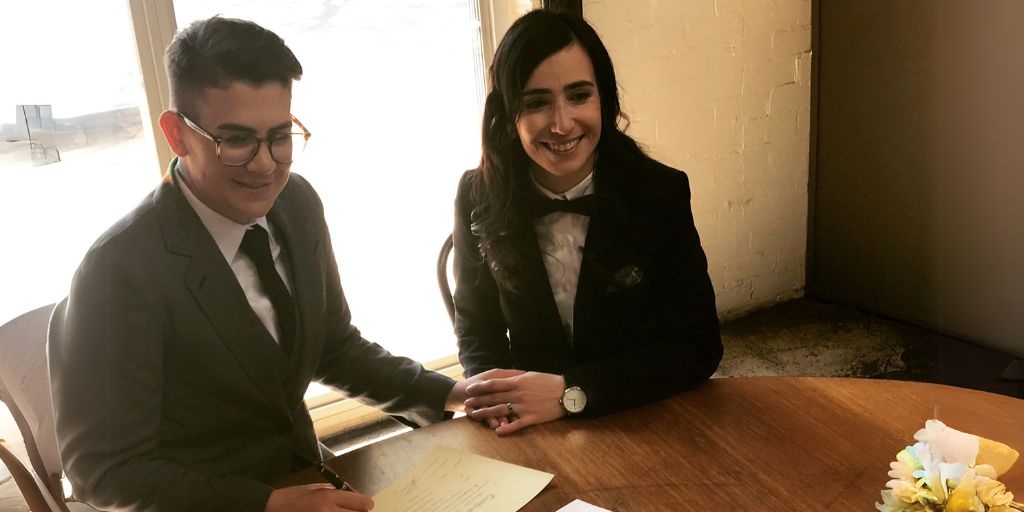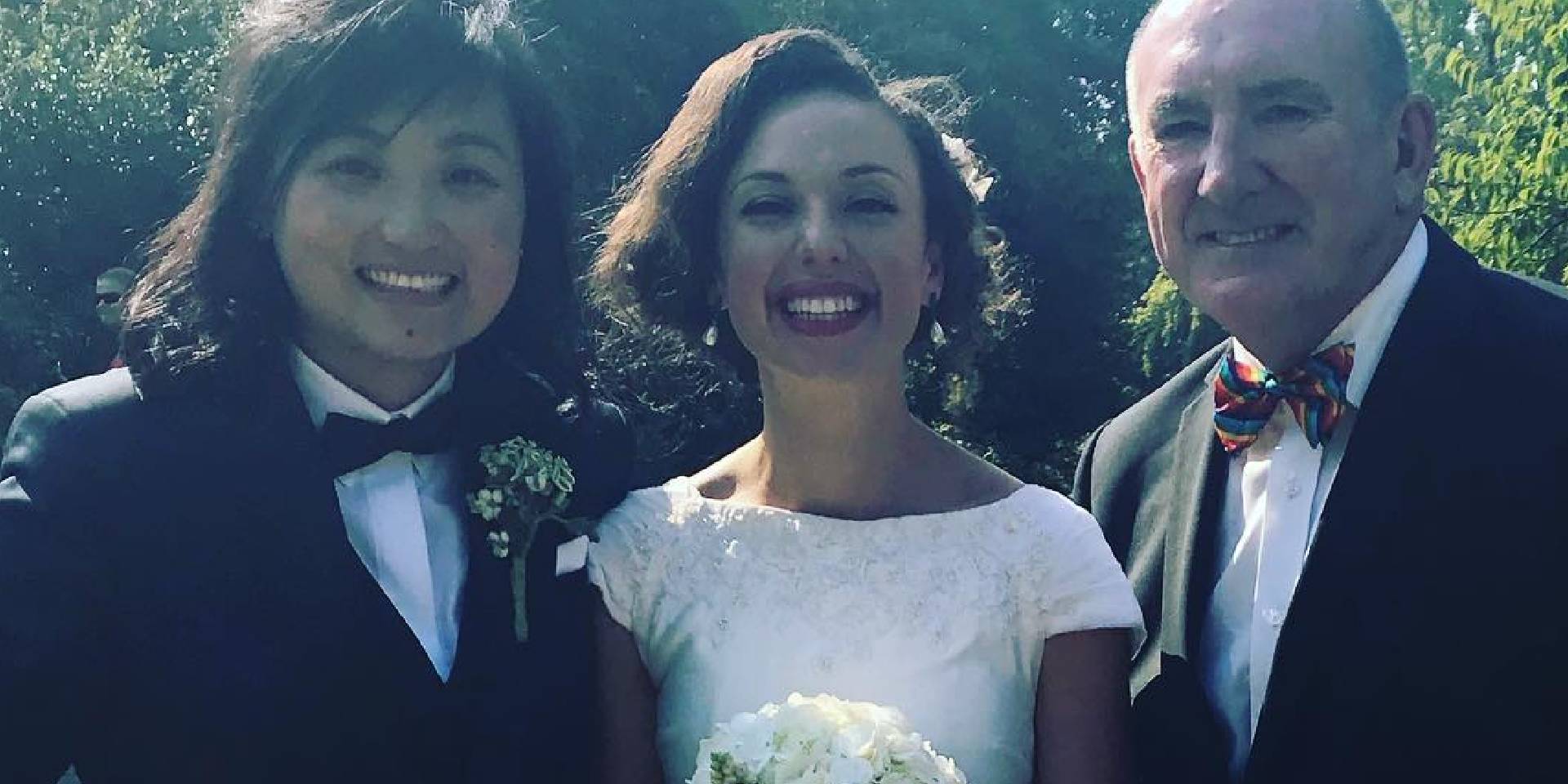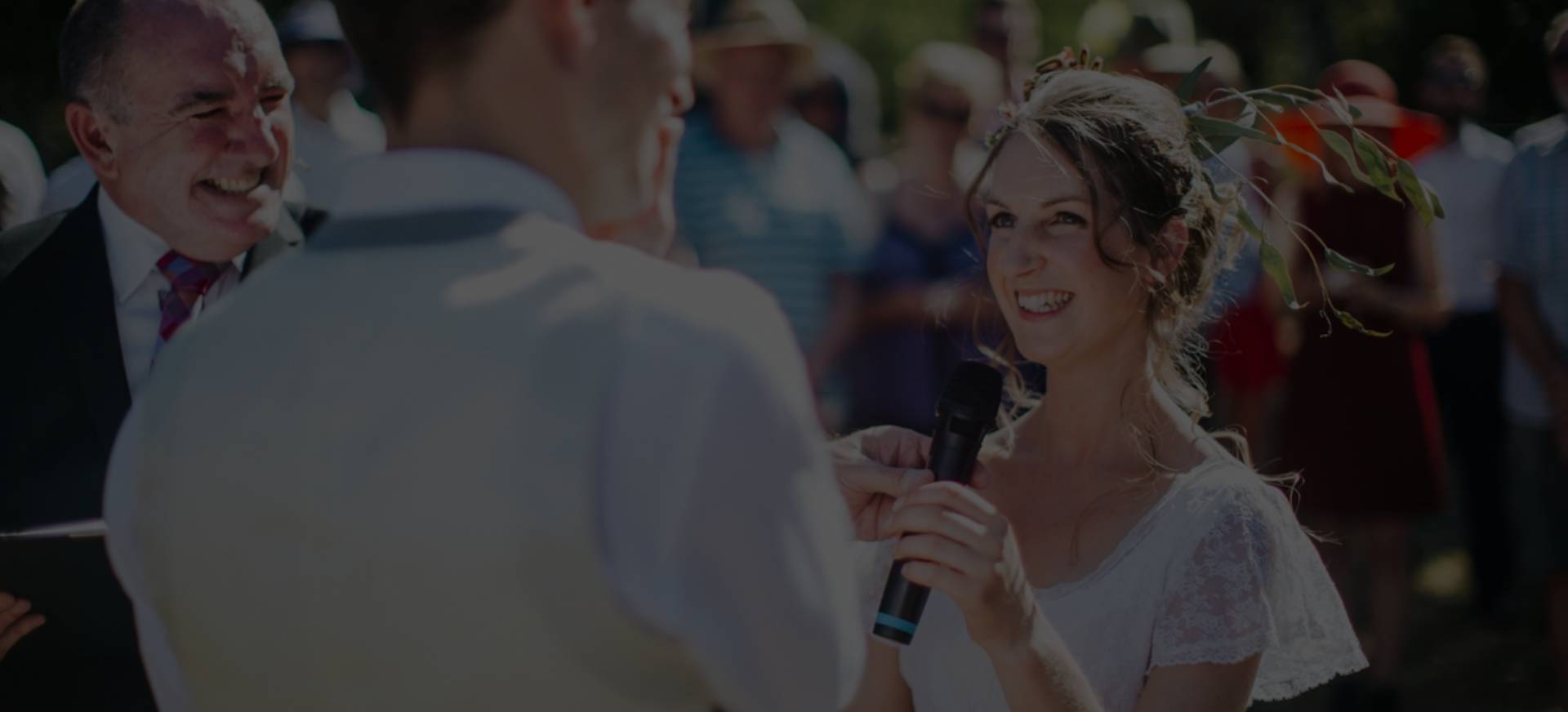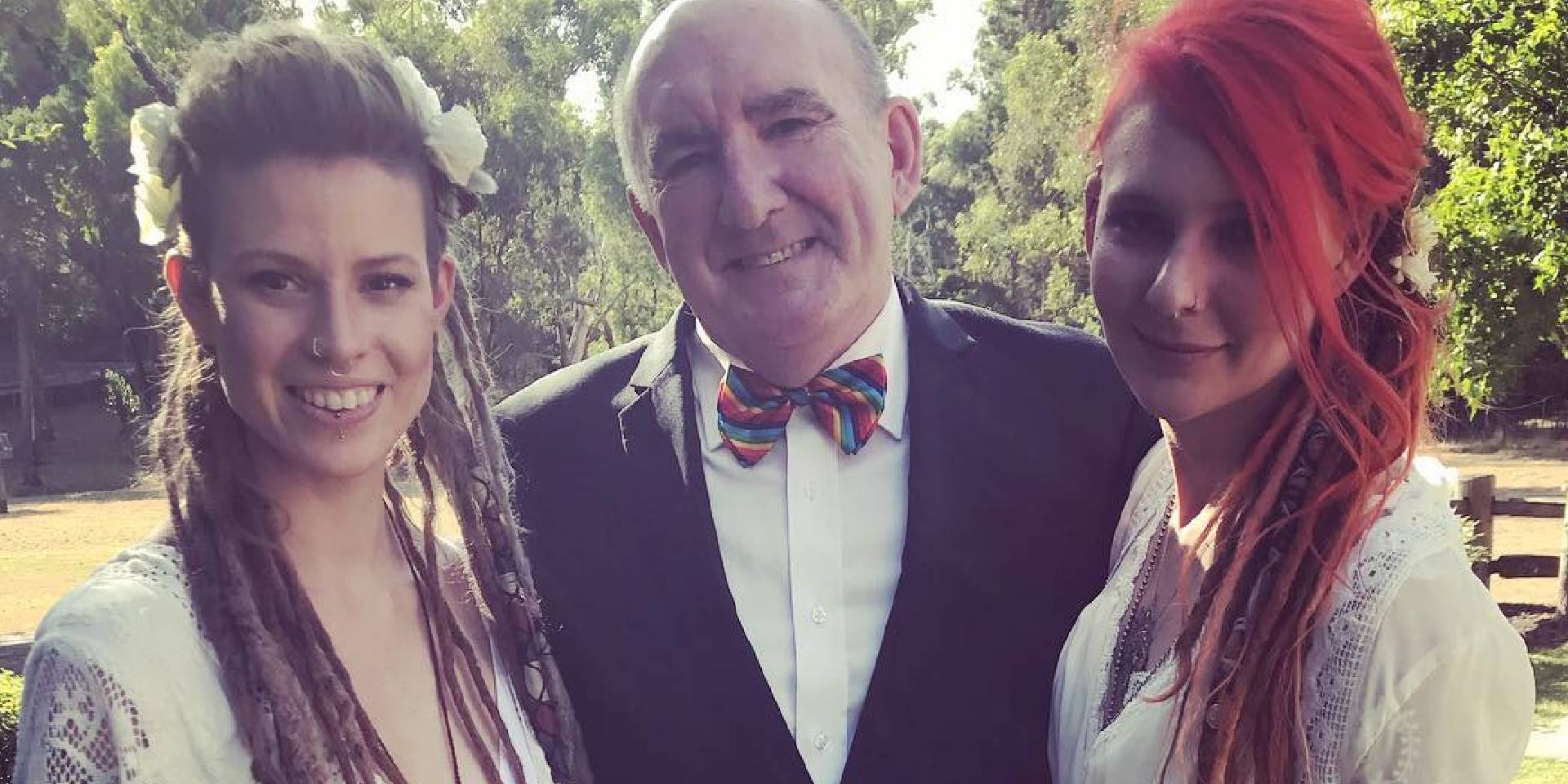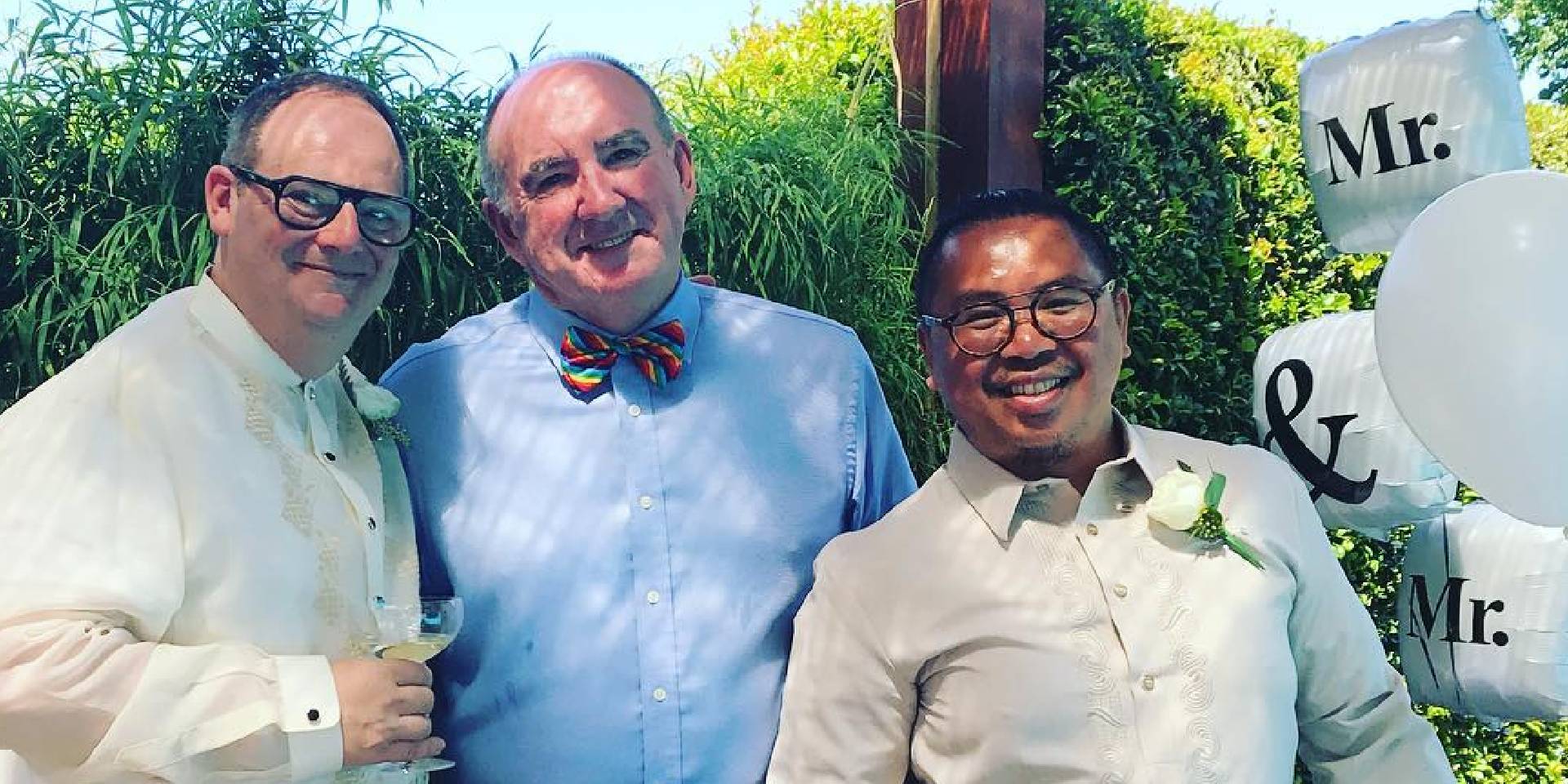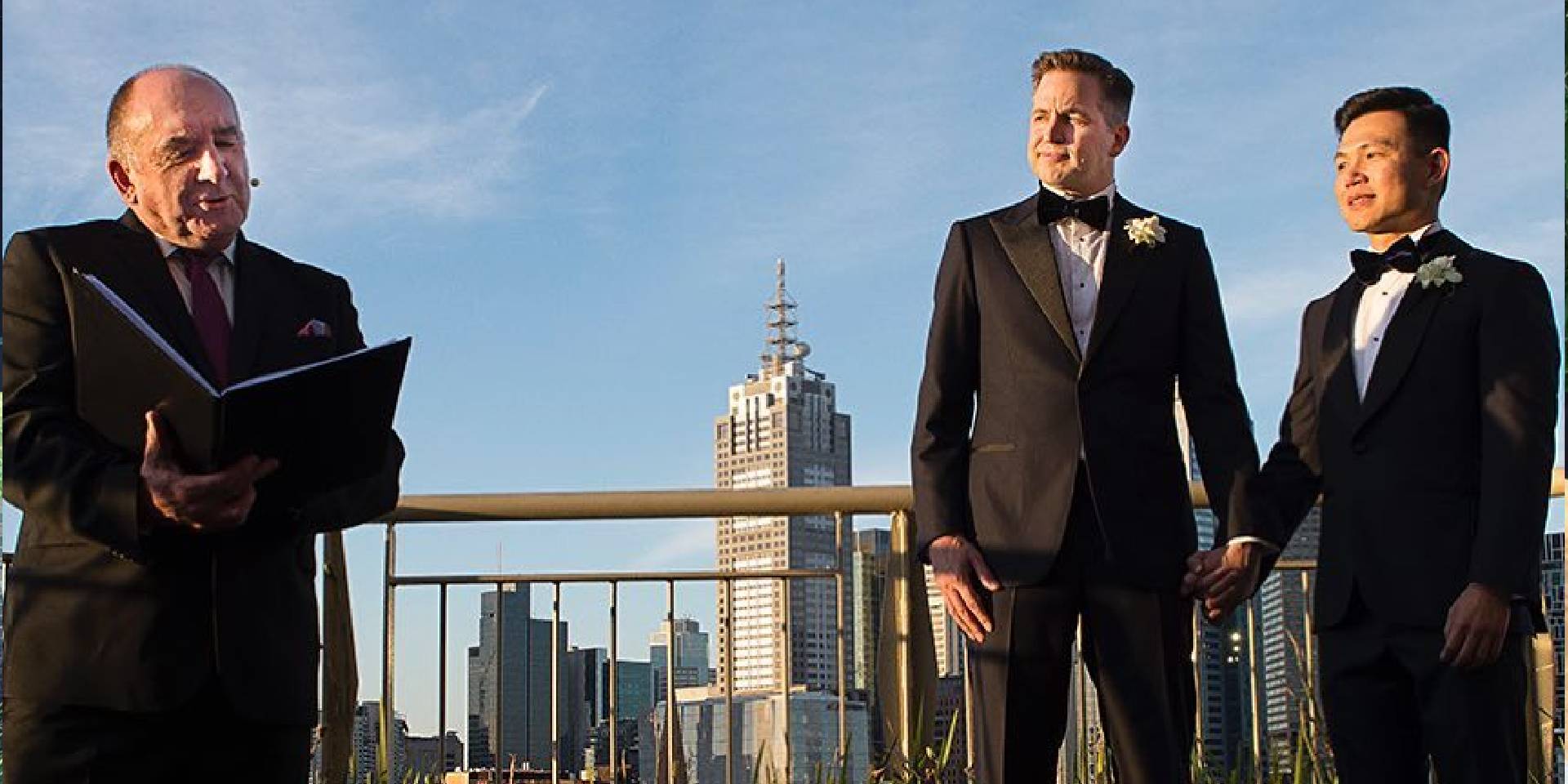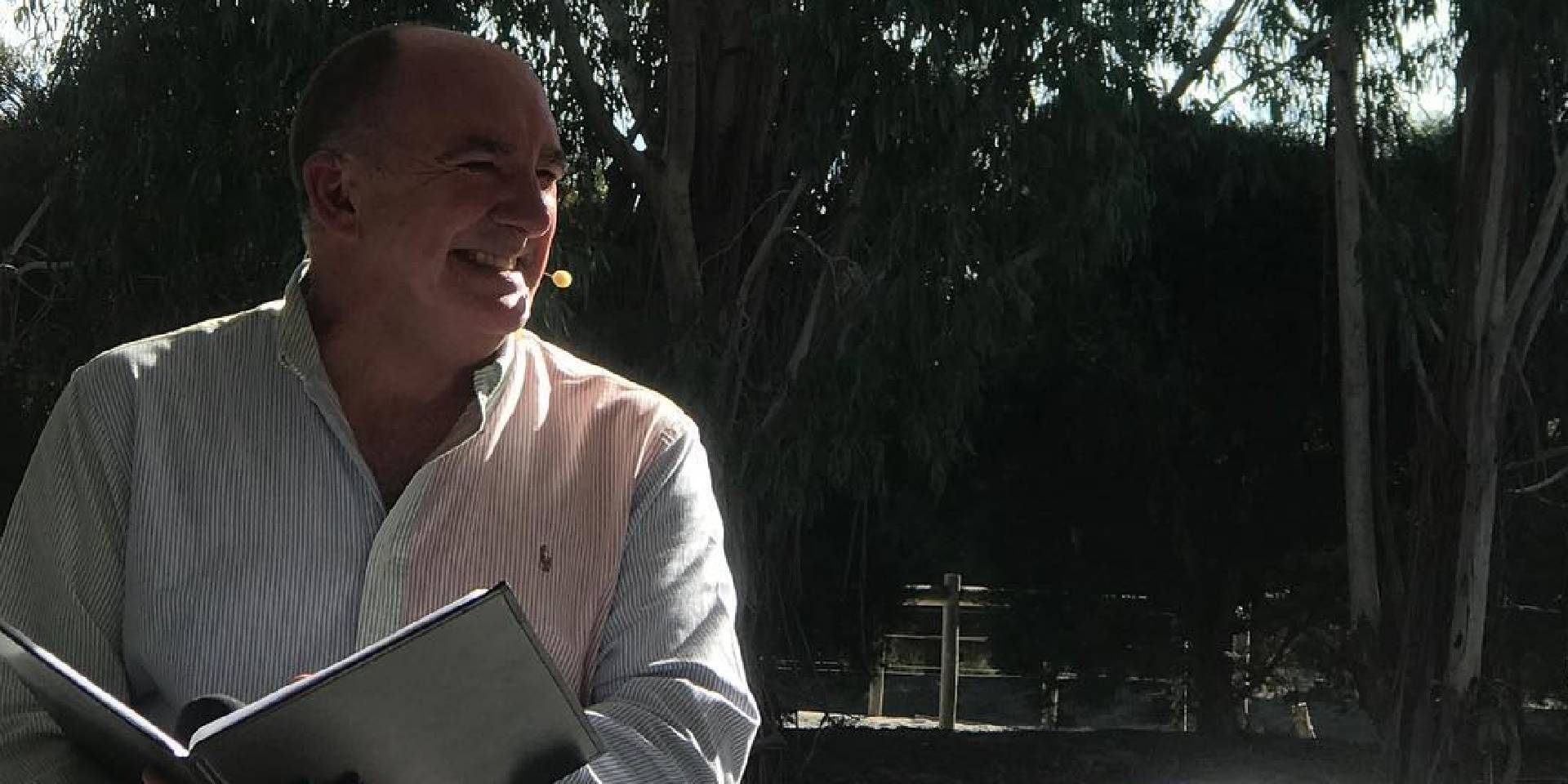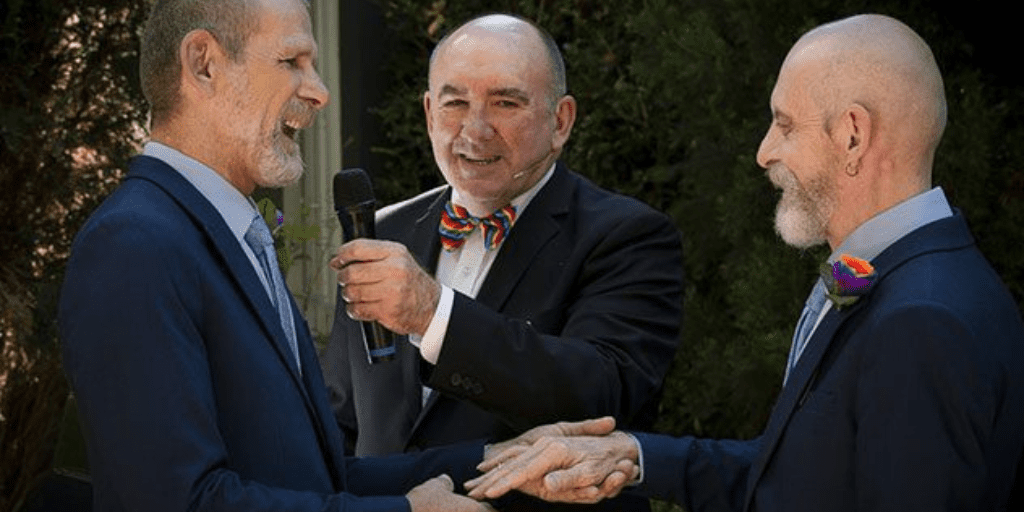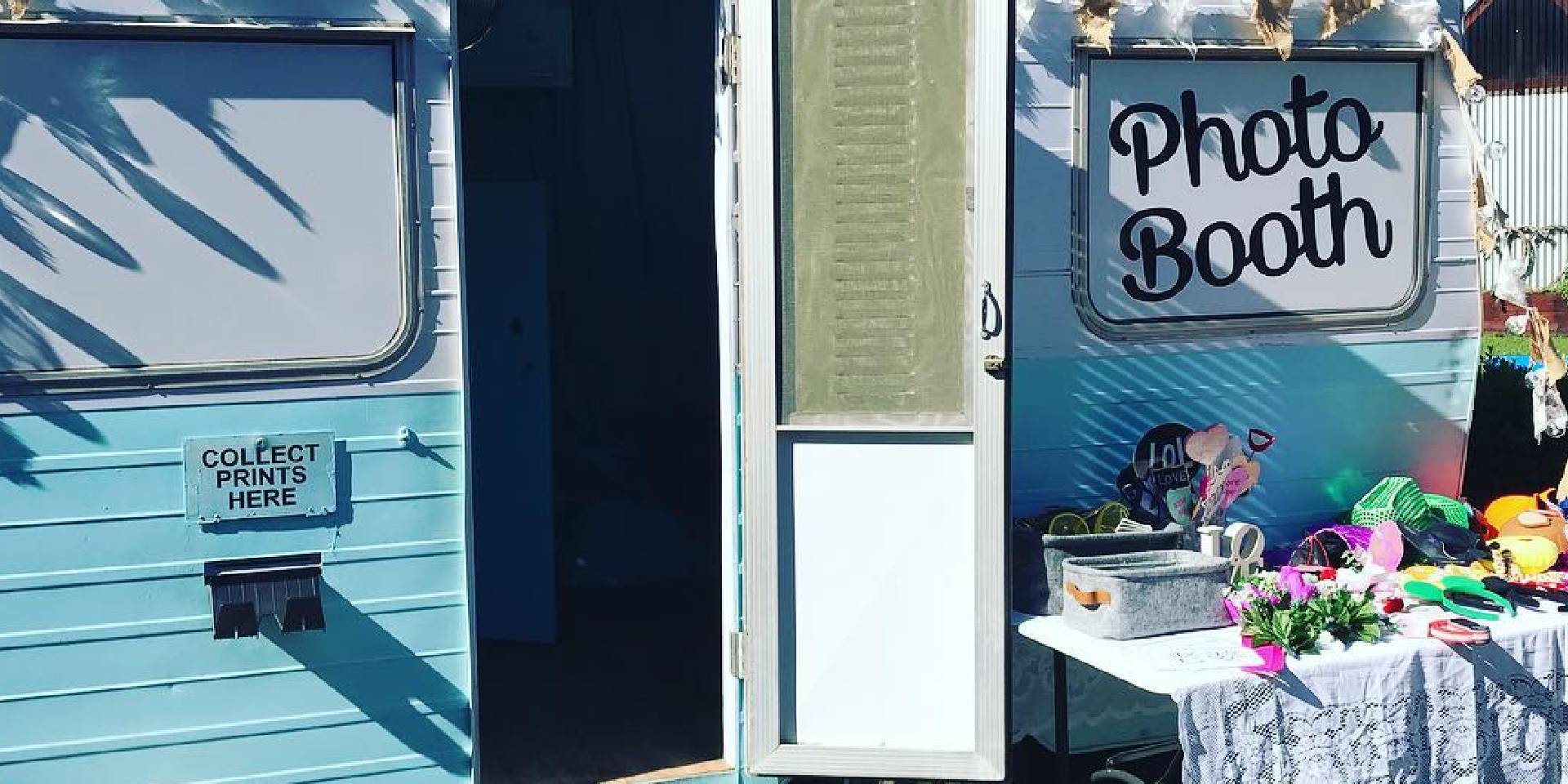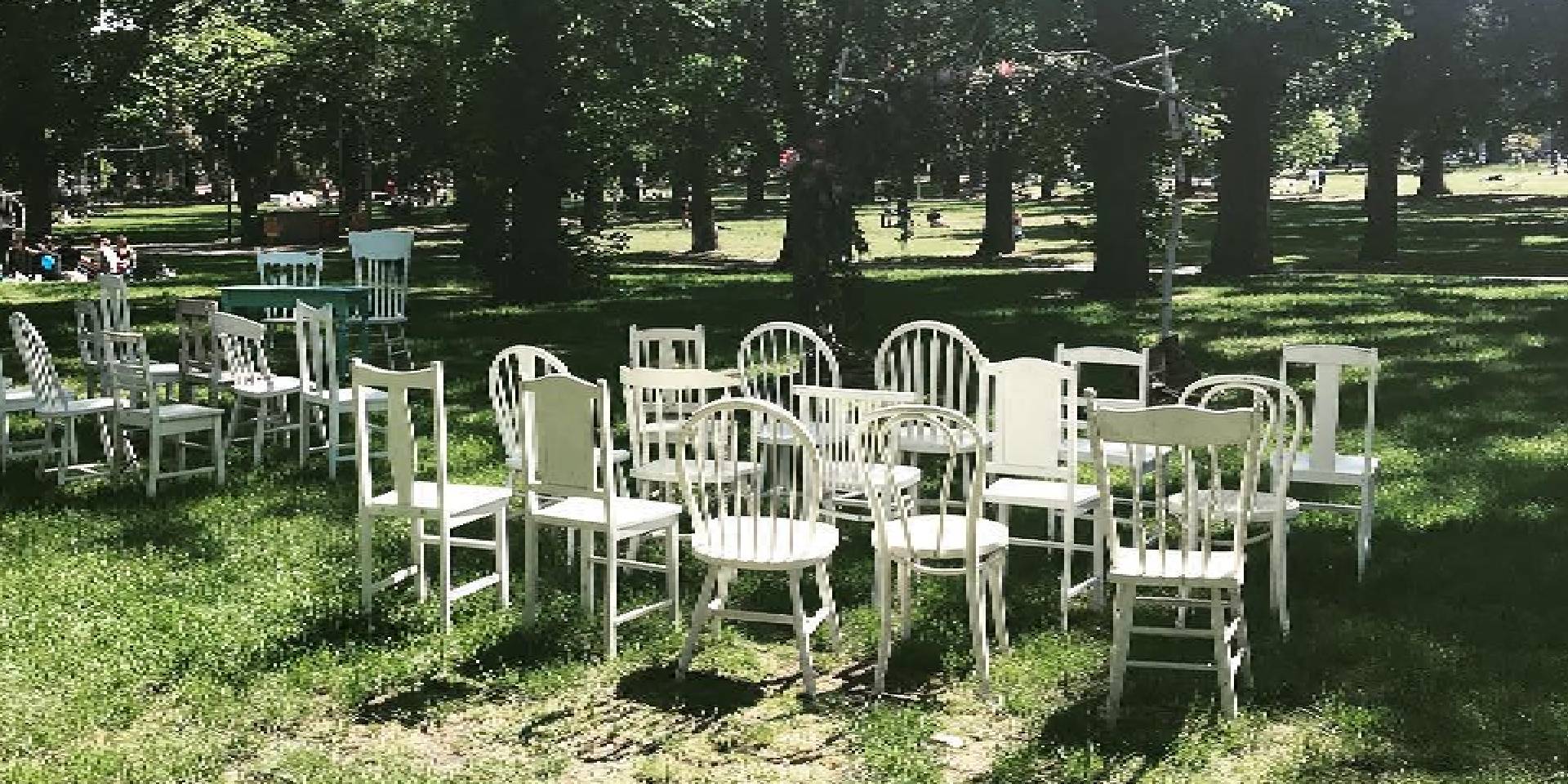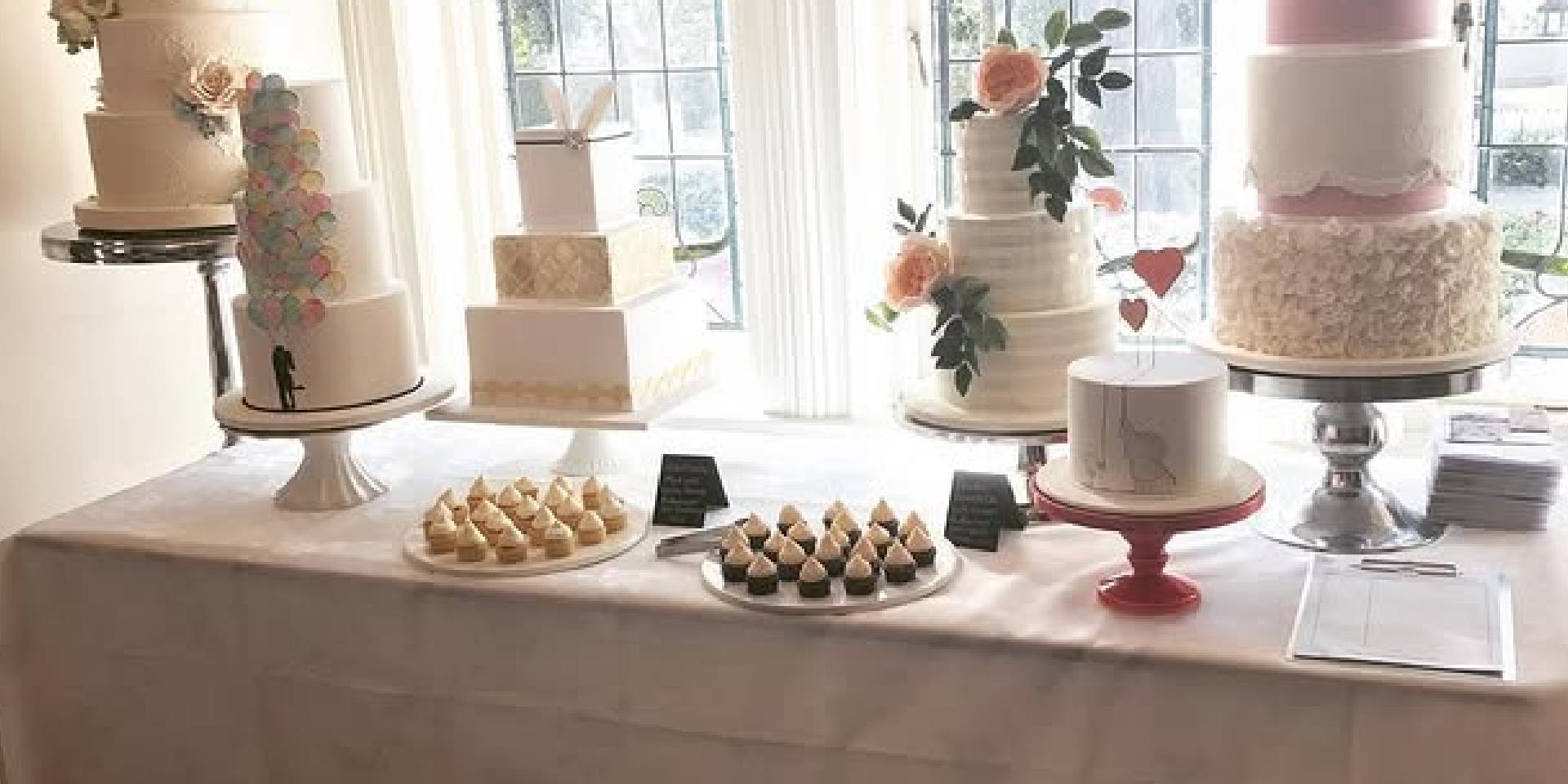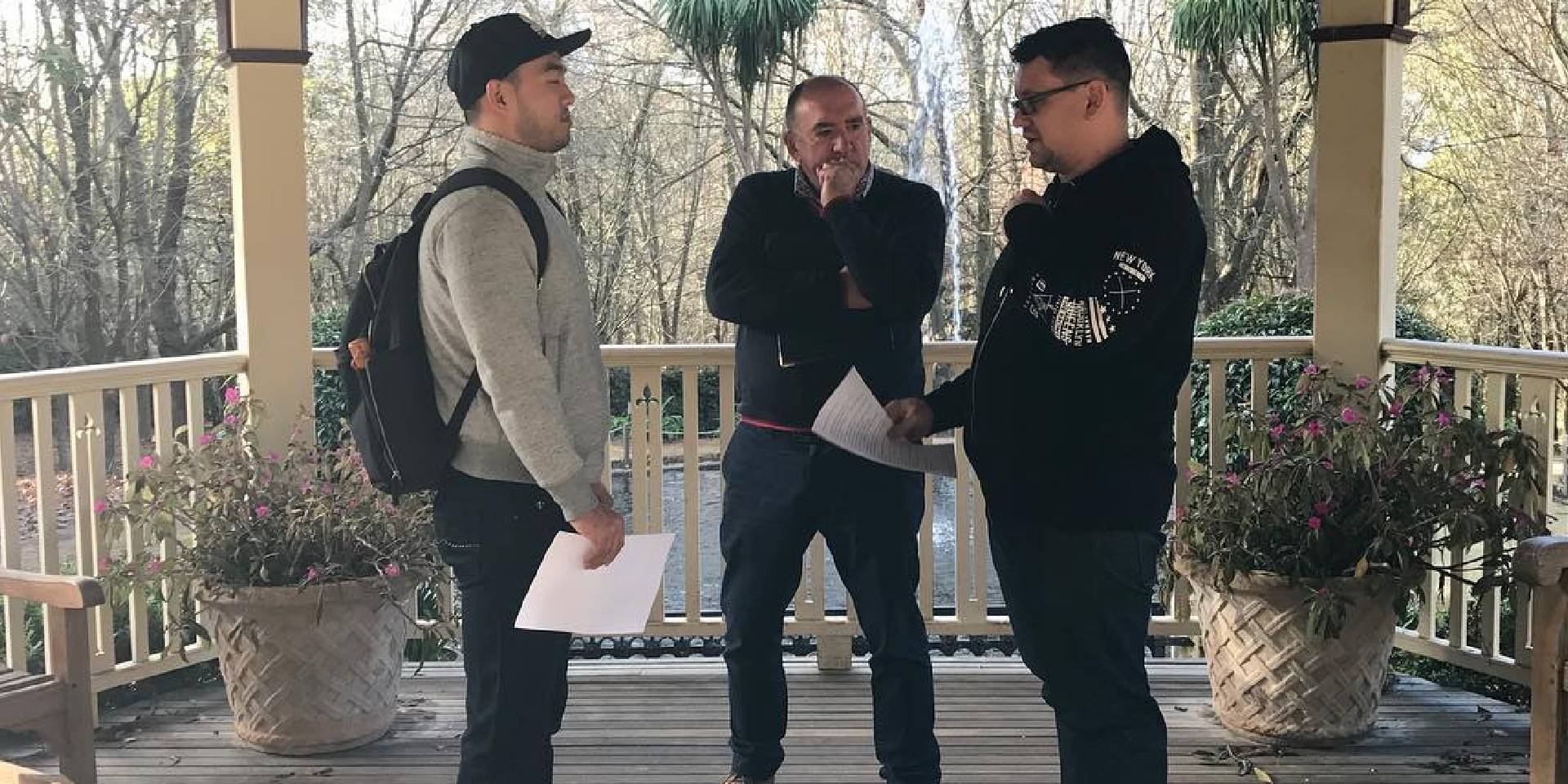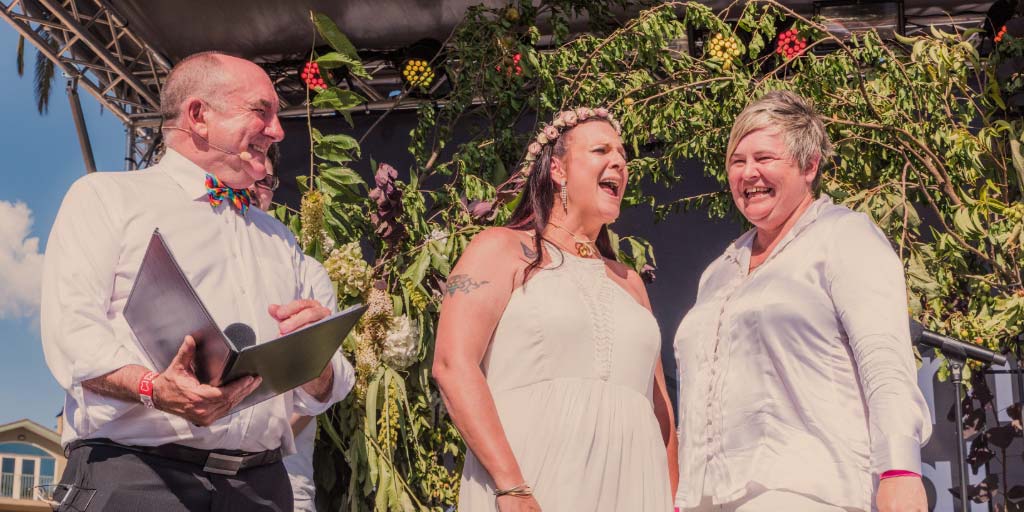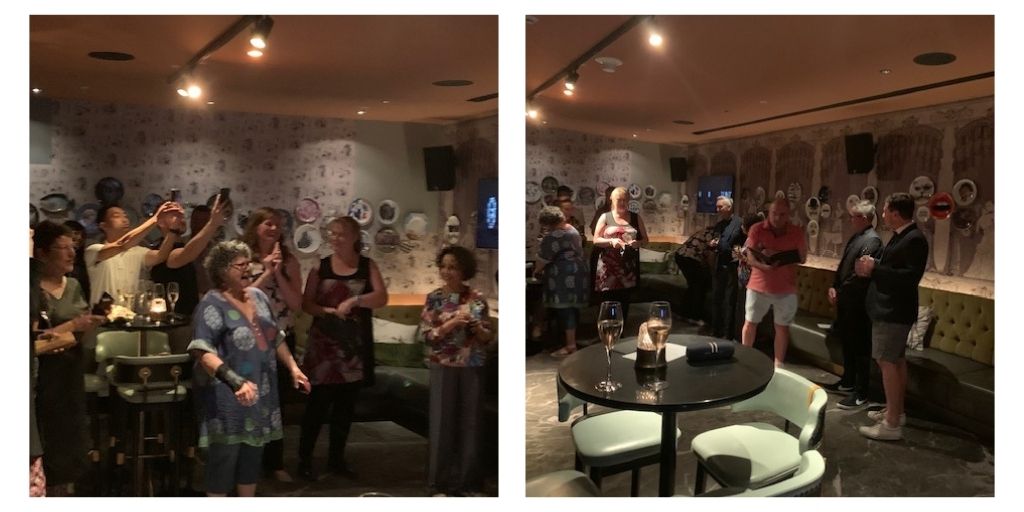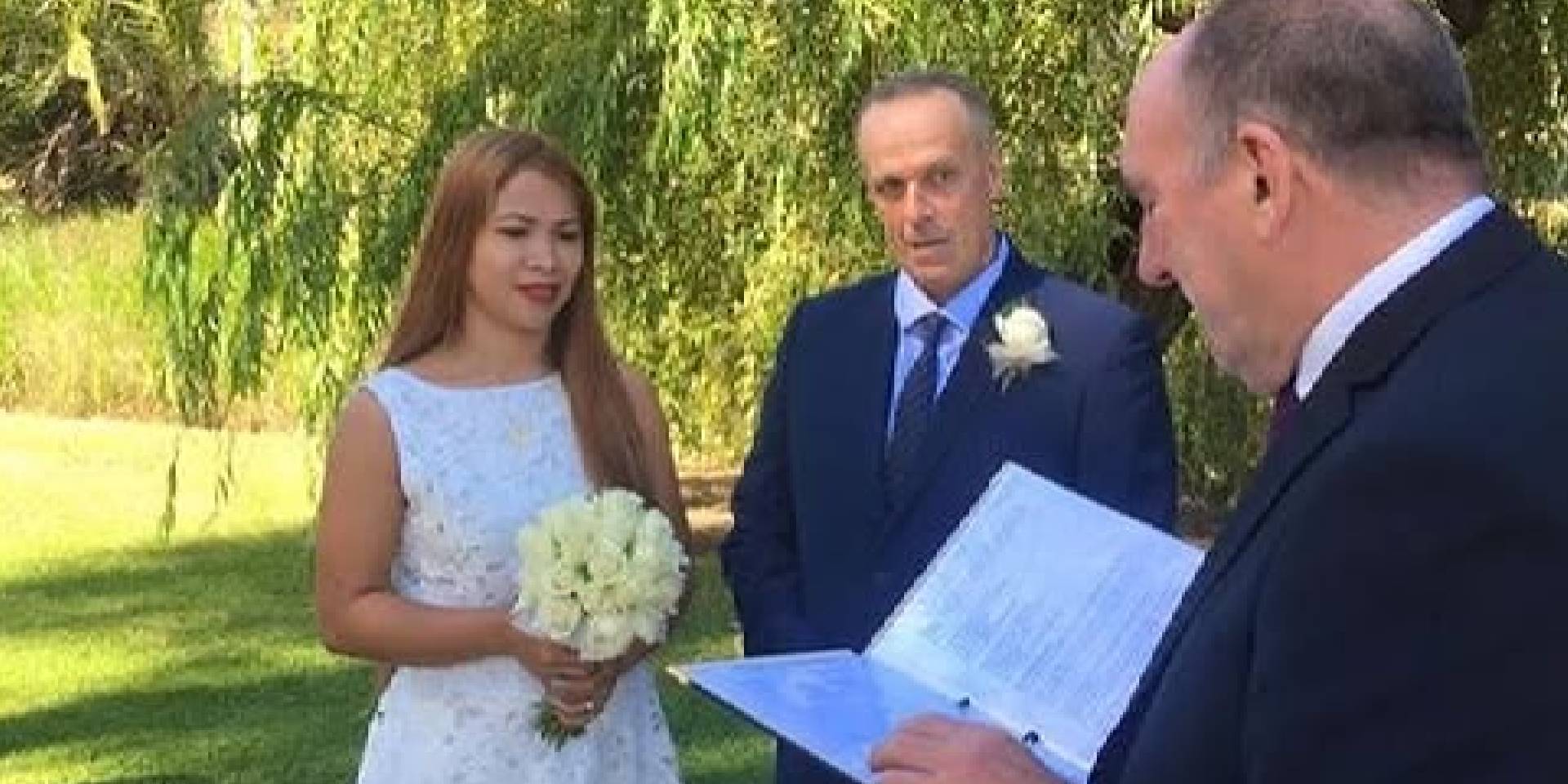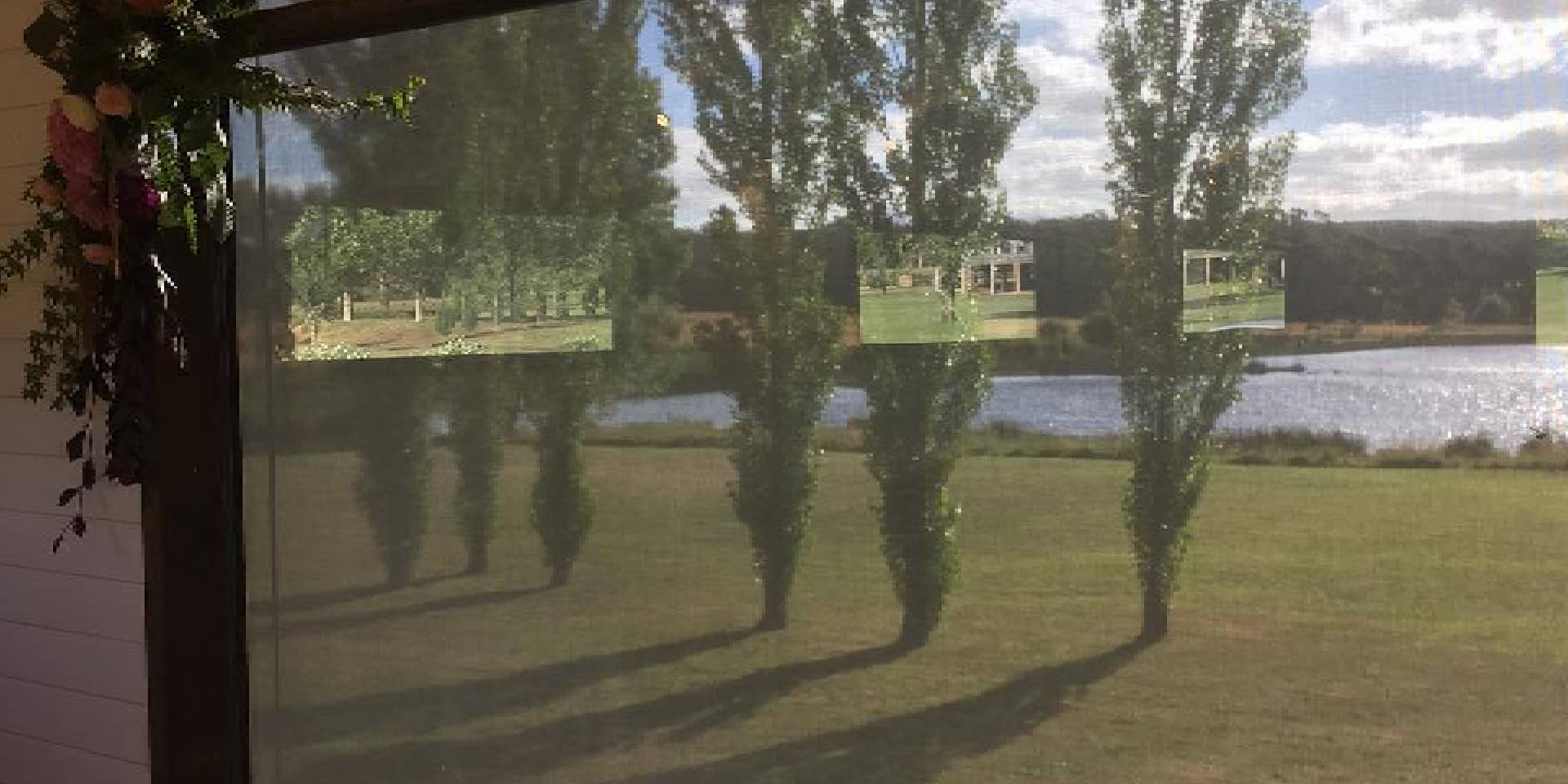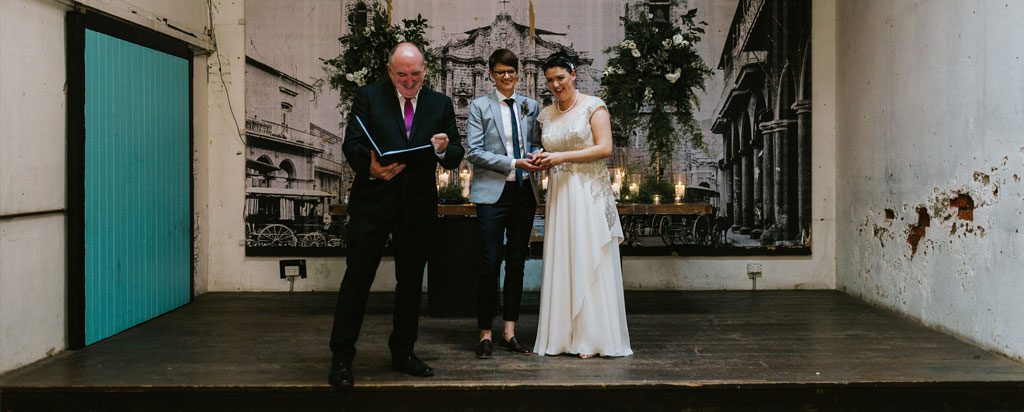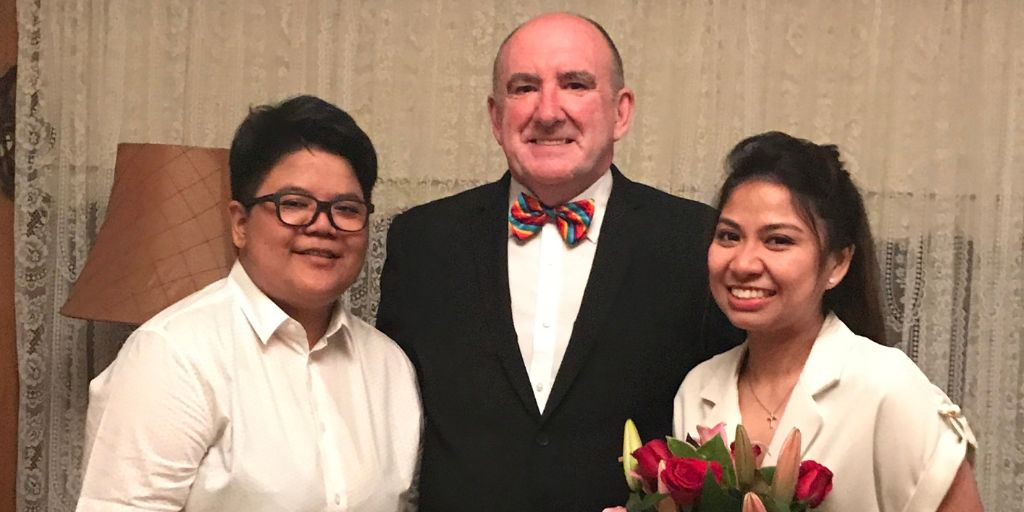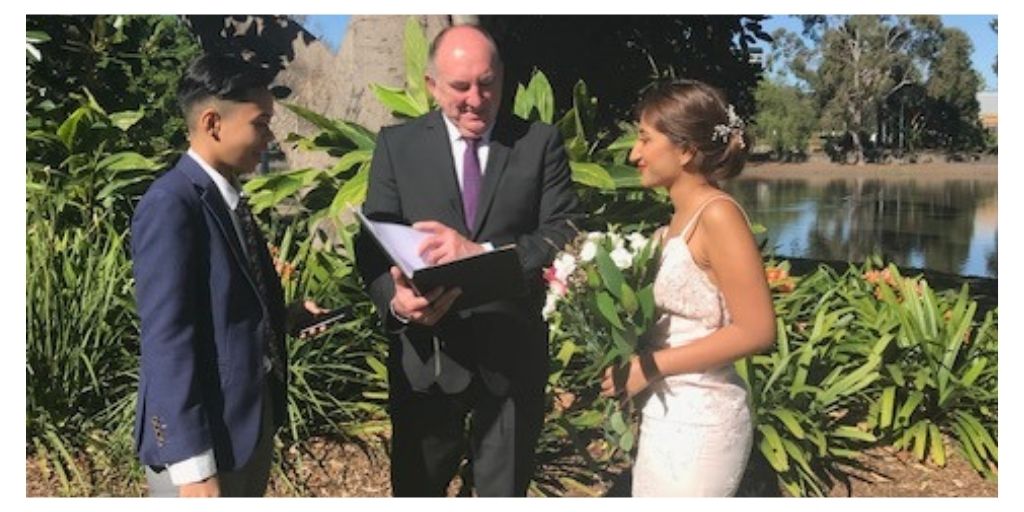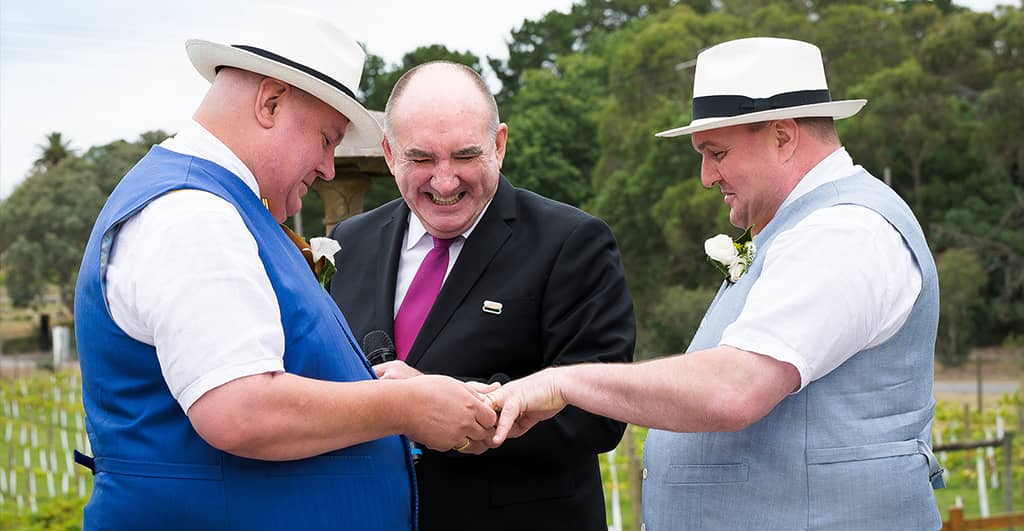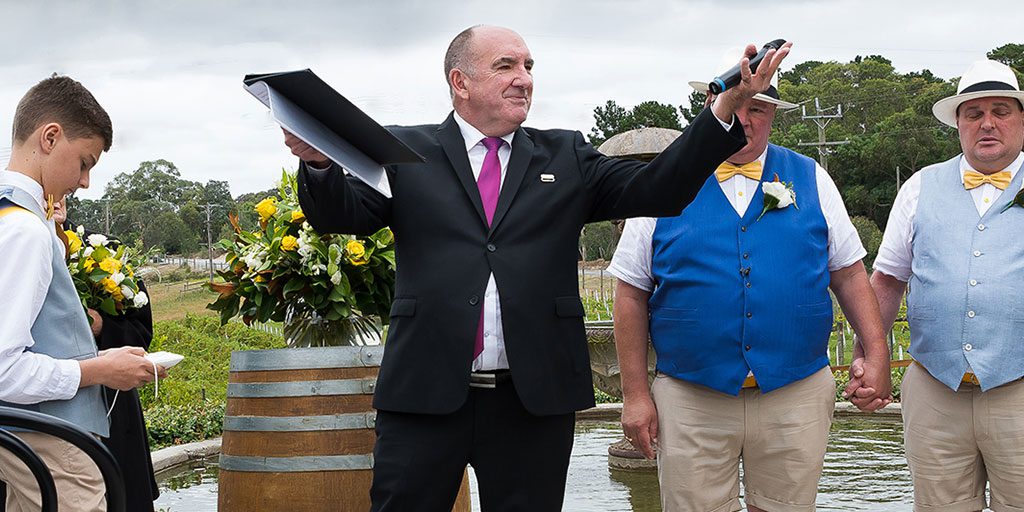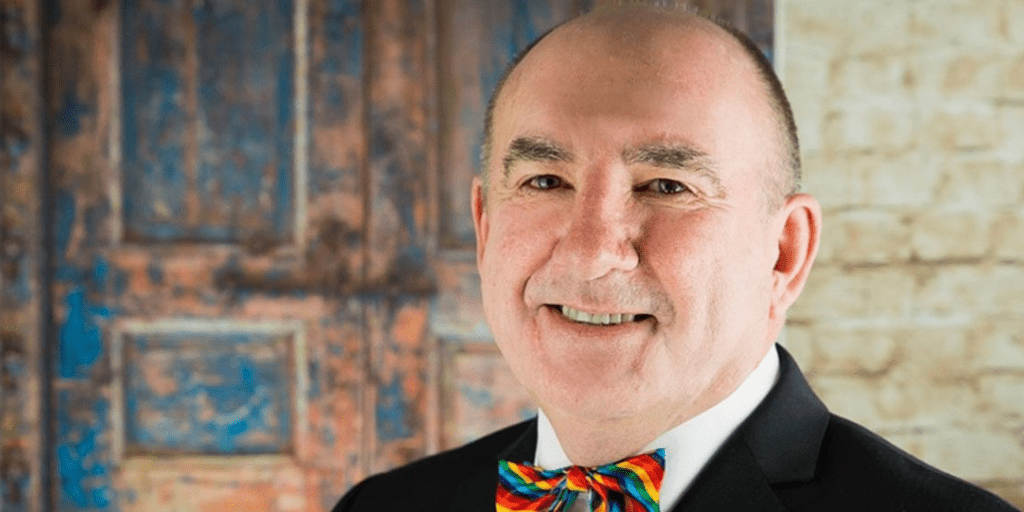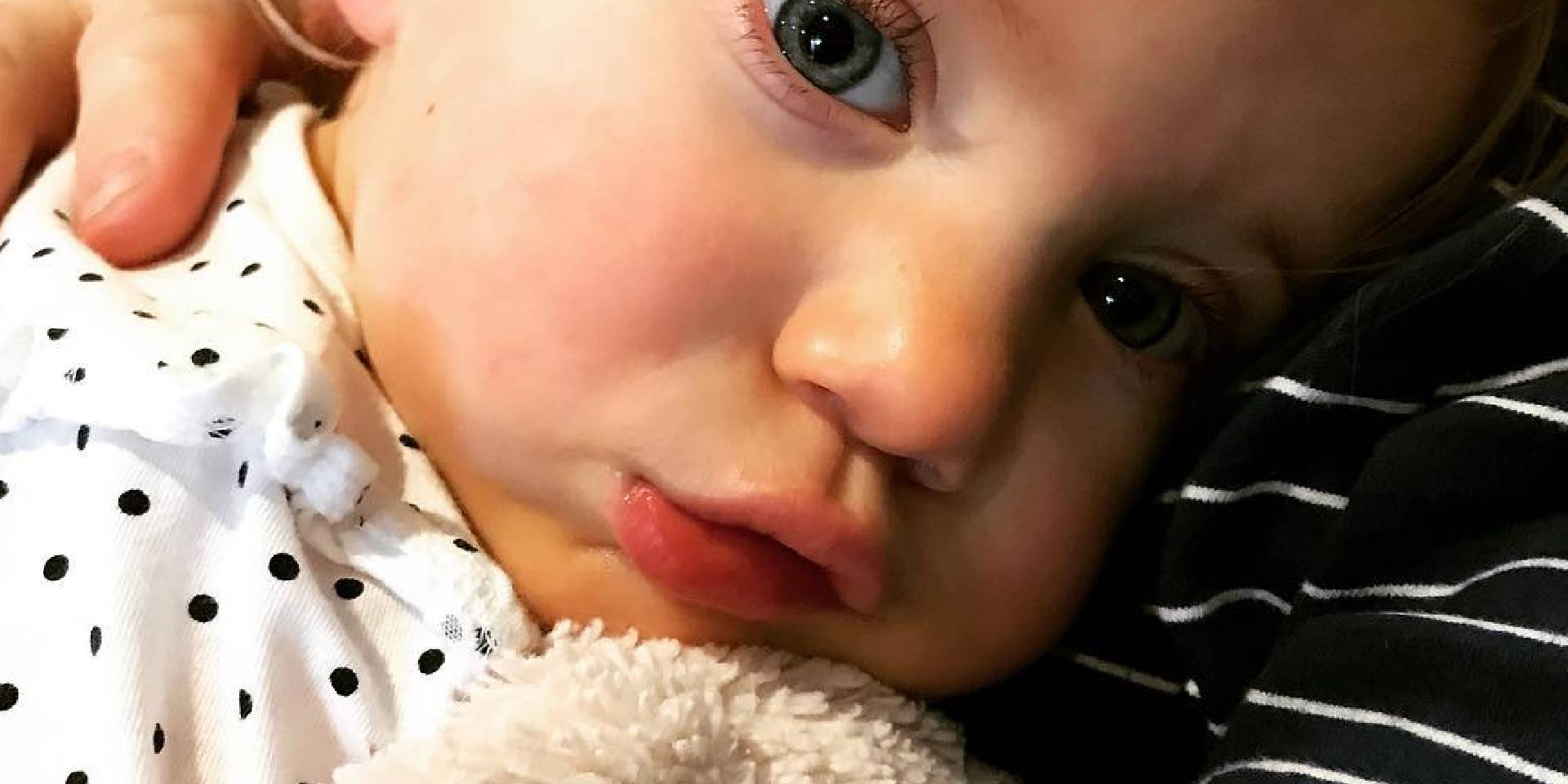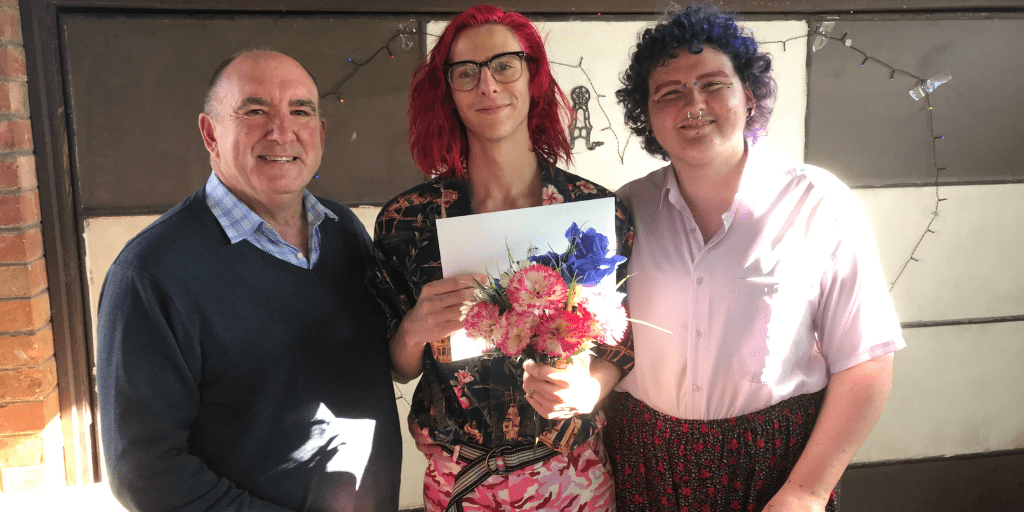
Quick Facts About Same-sex Prospective Marriage Visa in Australia
The change in Australian marriage law allowing LGBT couples to get married opened up immigration opportunities that didn’t previously exist. Primarily, the Prospective Marriage Visa (otherwise known as the fiance visa or engagement visa Australia) is now open to anyone, when previously it was only open to heterosexual couples as it requires a legal commitment to getting married. LGBT couples had to try and meet the often challenging de facto requirements and apply for a Partner Visa instead. Thankfully that’s no longer the case.
Find out more on Steps to take to get married legally in Australia planned out beforehand
So what are the advantages of a Prospective Marriage Visa (Subclass 300) and is it the best option for everyone?
Today we tackle the 11 most commonly asked questions.
Partner or Prospective Marriage Visa?
A Partner Visa requires the applicant to either be married or in a de facto relationship with an Australian citizen, Australian permanent resident or an ‘eligible’ New Zealand citizen. The couple must show evidence of:
- the financial aspects of their relationship
- the nature of their household
- the social aspects of their relationship
- the nature of their commitment.
Interested to contribute to my blog?
Not everyone can meet these requirements especially when early in their relationship so the Prospective Marriage Visa provides couples with the opportunity to live together in Australia for 15 months, during which time they can get married and apply for a Partner Visa. Here are the requirements:
- the applicant must be sponsored by and Australian citizen, Australian permanent resident or an ‘eligible’ New Zealand citizen
- the applicant and sponsor must have met in person at least once
- the applicant and sponsor must show evidence of their commitment to getting married within 15 months of when the visa is granted
- the applicant must be outside of Australia at the time of application and the time of grant
- the applicant must meet certain health requirements
- the applicant and sponsor must meet certain character requirements
- the applicant and sponsor must show their intention to live as a married couple once in Australia
The Prospective Marriage Visa is also handy in situations where the couple wouldn’t otherwise be able to live together eg: an applicant who has tried to apply for a Visitor Visa for Australia but has been refused. This is common occurrence for many foreign nationals especially when they are from a country that the Australian government deems to be high risk (generally countries that aren’t ETA eligible).
What is the fiance visa cost in Australia?
The visa application fee is currently $8850, plus approximately $4000 in Migration Agent fees and approximately $500 in health and character documents.
How long does the application take to prepare?
We recommend allowing approximately 4 to 6 weeks, but it can take as little as a week in some cases.
How long does the application take to process once lodged?
Currently the Department of Home Affairs website shows the following processing times for a Prospective Marriage Visa in Australia:
25% of applications processed within 6 months
50% of applications processed within 11 months
75% of applications processed within 17 months
90% of applications processing within 35 months
There are many factors that affect processing times including country of origin, health issues or character issues. In reality we find that most well prepared applications without complications are processed within approximately 12 months.
How much does country of origin play a part?
Applicants from higher risk countries can sometimes take longer to have their application processed. Given that a Prospective Marriage Visa is usually processed by a Department of Home Affairs case officer in the country of origin (or neighbouring country), local biases can sometimes come into play.
This is of a particular concern for LGBT couples in countries where being gay isn’t commonly accepted. This doesn’t necessarily mean the application will be refused, it just means that the application must be well prepared with a lot of evidence of the relationship. It can also affect the processing time of the application.
What are the Sponsor requirements for Prospective Marriage Visa application?
The sponsorship requirements will be changing. At the time of writing (July 2023) these new requirements are currently not in effect but will come into effect sometime in the future. Currently a couple can lodge a visa application any time and the sponsorship application can be submitted shortly after. Once the changes come into effect, a sponsor will need to be approved before a Prospective Marriage Visa application can be lodged.
Will I be asked to attend a Prospective Marriage Visa interview?
This is totally up to the discretion of the case officer. Generally, applicants from more high-risk countries are asked to attend an interview. Again, having a well-prepared application will help reduce the chances of being interviewed.
What types of questions are normally asked in a Prospective Marriage Visa interview?
The interviewer will typically ask questions of the applicant and sponsor then compare the answers to see if they’re consistent. They will ask questions about the beginning of your relationship such as:
- where did you meet?
- when did your relationship begin?
- when did you fall in love?
Questions about your proposed marriage such as:
- when are you getting married?
- where are you getting married?
- how many people are going to attend the ceremony?
They may also ask questions about your partner:
- when was your partner born?
- what does your partner do for work?
- what size clothes does your partner wear?
What are the common reasons for refusal?
The three common reasons why a Prospective Marriage Visa may get refused are:
- Health Issues: The applicant is required to undergo a health assessment to determine their potential cost to the Australian public healthcare system. If the applicant has a condition that is deemed costly in care and treatment, then the application can be refused.
- Character Issues: If the applicant or the sponsor has a serious criminal record then the application can be refused.
- Lack of Evidence: It’s important for the couple to show that they intend to live together as a married couple and support this with evidence as well as clearly written statements. Lack of evidence is a common reason for refusal.
If an application is refused is there a right of appeal?
If the sponsor is living in Australia, they can appeal to the Administrative Appeals Tribunal. The case can take in excess of 2 years to be heard, meaning the applicant would continue to remain outside of Australia. A well prepared application reduces the chances of refusal.
What is a form 888 and why is it important?
When applying for a Partner Visa or a Prospective Marriage Visa a form 888 is required from at least two Australian citizens or Australian permanent residents that are prepared to write in support of the relationship. The witnesses must know either the applicant or the sponsor personally and be aware of the relationship.
The minimum requirement is two form 888s, however we suggest providing more if possible as it will add to the evidence of social aspects of the relationship. It’s good to have a range of witnesses including friends, family and work colleagues from both sides of the relationship.
About the author
Nick Hansen is the Principal Migration Agent at Hansen Migration and specialises in helping couples and families obtain permanent residency in Australia and Australian citizenship. He is particularly passionate about helping multi-national same sex couples achieve their ultimate goal of living happily ever after in Australia. Outside of business he is dedicated to his partner Kate and their two children, he is also a massive football fan!
Why Couples Renew Their Wedding Vows: Bronte Price Speaks with Tom Elliott on 3AW
Discover the growing trend of renewing wedding vows. From milestone anniversaries to heartfelt personal promises, learn why couples celebrate their love again with unique, meaningful ceremony.
38 Same-Sex Wedding Rituals & Traditions
Know about 38 wedding rituals and traditions that have become part of straight weddings over the centuries and how their alternatives are reinventing the LGBTIQ+ weddings in a authentic way!
LGBTIQA+ Wedding Guide Download – Australia as a Destination For Your Wedding
Download your Free copy of Same-Sex Wedding Planner specially designed for LGBT weddings in Melbourne, Victoria. Month-by-month to-dos for couples for a unique wedding ceremony.
The Comprehensive Guide to a Queer Wedding
A queer wedding is about love without compromise. Find inspiration, ideas, & styling tips to create a celebration that’s truly yours.
Twelve trends in LGBTIQA+ weddings in Melbourne
Almost every couple I marry is seeking a meaningful ceremony that allows them to tell their story. They want a wedding ceremony that they can identify with and celebrates their love, in a way like no one else they know has done.
Migration Legal Services for LGBTIQA+ Individuals Seeking Safety in Australia
Discover how LGBTIQA+ individuals facing persecution in their home countries can seek safety and protection in Australia. Learn about legal options, case studies, and the importance of finding a supportive legal team.
Your Guide to Lesbian Weddings in Melbourne
Planning a unique, romantic, and budget-friendly lesbian wedding in Melbourne? Get expert tips, venue ideas, and advice from an experienced gay marriage celebrant with over 200+ LGBTIQA+ weddings under his belt. Discover how to create a meaningful ceremony tailored to your needs.
My journey towards 200 LGBTIQA+ weddings
Discover the inspiring journey of Bronte Price, a trailblazing marriage celebrant dedicated to celebrating love in all its forms. From the challenges of pre-marriage equality to performing 200+ LGBTIQA+ weddings, explore his commitment to creating authentic, inclusive ceremonies and empowering couples worldwide.
All you need to know about Marriage Equality in Australia
Find out what has changed since 9 Dec 2017 when the Australian Federal Government passed the Marriage Amendment Act 2017 and the journey so far.
Emerging Gay-friendly Wedding Venues in Melbourne
Many couples in Covid-safe times have changed their thinking about what they want for a wedding. Here are some of the popular places LGBTIQ+ couples are choosing to use as their gay-friendly wedding venue in Melbourne.
The Ultimate Guide To Wedding Rings For LGBTIQ+ Couples
Are you engaged and are looking for a LGBTIQ+ friendly Wedding Ring that’s outside the box? Find out about Wedding Ring types, popular LGBT trends, where to shop online and more in this detailed guide.
All you need to know about IDAHOBIT
Each year, on 17 May, the LGBTIQ+ community around the world celebrates the International Day Against Homophobia Biphobia Interphobia and Transphobia – IDAHOBIT. Learn all you need to know about this day.
Gay Wedding Ideas in Australia
Almost every couple I marry is seeking a meaningful ceremony that allows them to tell their story. They want a wedding ceremony that they can identify with and celebrates their love, in a way like no one else they know has done.
4 Wedding & Engagement Ring Alternative Trends In 2021
Are you getting married but are looking for a ring that’s outside the box? Nowadays people are less bound by traditional ideas of seeking out a ring that fits into the wedding or engagement ring category, but rather a piece that suits their personality. Read more.
Impact of COVID-19 restrictions on Weddings & Funerals – JOY 94.9 Interview
The journey to become a parent is not always easy for any couple. Increasingly, it is a journey that more and more people – both couples and single people – are choosing to embark on. Read on to know about the surrogacy journey of a gay couple in Australia.
Surrogacy: when, not if, you will be parents
The journey to become a parent is not always easy for any couple. Increasingly, it is a journey that more and more people – both couples and single people – are choosing to embark on. Read on to know about the surrogacy journey of a gay couple in Australia.
11 Surprising destinations to avoid for same-sex honeymoons
There are more than 70 countries where same-sex relations are illegal and, in 8 of those, same sex relations are punishable by death. Find out which countries you should avoid for your same-sex honeymoon.
Same Sex Couples – Change of Name After Marriage?
Do you need to change your last name after they’ve got married as a same-sex couple? Or can you continue with your present surname? Find out the pros and cons of name change after marriage.
Why Do Closeted Couples Get Married?
My experience with lots of closeted couples has taught me that they fear that sort of reaction – and it can even drive them further back into the closet and make them close that closet door for even longer.
8 Statistical Facts About Same Sex-Marriage & Couples in Australia
Australia is the 25th country in the world where marriage equality and same-sex marriage became a legal right. Same-sex marriage became law in Australia on 9 December 2017.
Quick Facts About Same-sex Prospective Marriage Visa in Australia
The change in Australian marriage law allowing LGBT couples to get married opened up immigration opportunities that didn't previously exist. Now the Prospective Marriage Visa is now open to anyone.
Getting married in Australia on a visa – for same-sex couples
Easy Steps to Getting married in Australia on a visa. Can I marry in Australia on visitor visa? Legal requirements to get married in Australia.
7 Things You Must Know Before Attending a Same-Sex Wedding
Find out 13 gift ideas in this blog for a same sex wedding. Gifts range from pet care, wedding photography, a painting perhaps or just cook for the couple.
Role of the Civil Marriage Celebrant
What can you expect from a Civil Marriage Celebrant during the planning and the wedding ceremony? How to get all the help you need from the celebrant for your wedding?
Top 13 Gift Ideas For a Same-Sex Wedding
Find out 13 gift ideas in this blog for a same sex wedding. Gifts range from pet care, wedding photography, a painting perhaps or just cook for the couple.
Same-Sex Wedding Checklist
In Australia the same law applies to straight couples and LGBT couples. Few aspects are to be remembered like Free Consent, the Marriage Act 1961 etc.
Special Wedding Dates for LGBTI Couples in 2019
Lots of LGBTI couples want special dates for their special day that they’ve waited far too long for their wedding. If you’re a couple trying to zero down a date, there are endless ways to decide on one.
Ideas for Your Commitment or Marriage Ceremony in Melbourne
Four fresh marriage ceremony ideas that go beyond the traditional wedding or commitment ceremony with these unique unity ceremonies. You can choose from a Sand ceremony, Love letter ceremony, Planting a tree or Handfasting as an unity action to solidify your commitment in Melbourne. Read for more.
How To Get Married in Australia – For LGBT Couples
In Australia the same law applies to straight couples and LGBT couples. Few aspects are to be remembered like Free Consent, the Marriage Act 1961 etc.
Follow-up after your Wedding
The Day to wedding day so it is important that you start working with your photographer, the decorator to ensure that everthing is on track.
The Day Of Your Wedding
The Day to wedding day so it is important that you start working with your photographer, the decorator to ensure that everthing is on track.
On Your Wedding Day – For Your Attendants
The Day to wedding day so it is important that you start working with your photographer, the decorator to ensure that everthing is on track.
The Day Before Your Wedding
The Day to wedding day so it is important that you start working with your photographer, the decorator to ensure that everthing is on track.
One Week Prior To Your Wedding Day
One weeks to wedding day so it is important that you start working with your photographer, the decorator to ensure that everthing is on track.
Two weeks Prior To Your Wedding Day
Two weeks to wedding day so it is important that you start working with your photographer, the decorator to ensure that everthing is on track.
Three weeks Prior To Your Wedding Day
Three weeks to wedding day so it is important that you start working with your photographer, the decorator to ensure that everthing is on track.
Four weeks Prior To Your Wedding Day
Four weeks to wedding day so it is important that you start working with your photographer, the decorator to ensure that everthing is on track.
Two Months Prior To Your Wedding Day
Two months to wedding day so it is important that you start working with your photographer, the decorator to ensure that everthing is on track.
Three Months Prior To Your Wedding Day
Three months to wedding day so it is important that you start working with your photographer, the decorator to ensure that everthing is on track.
Four Months Prior To Your Wedding Day
Four months to wedding day so it is important that you start working with your photographer, the decorator to ensure that everthing is on track.
Five Months Prior To Your Wedding Day
Five months to wedding day so it is important that you start working with your photographer, the decorator to ensure that everthing is on track.
Six Months Prior To Your Wedding Day
Six months to wedding day so it is important that you start working with your photographer, the decorator to ensure that everthing is on track.
Seven Months Prior To Your Wedding Day
Seven months to wedding day. There is a little less to do than others. This is one of those months. Setting up dates and budgeting for the wedding is on the list.
Eight Months Prior To Your Wedding Day
Eight months to wedding day. There is a little less to do than others. This is one of those months. Setting up dates and budgeting for the wedding is on the list.
Nine Months Prior To Your Wedding Day
Nine months to wedding day so it is important that you start working with your photographer, the decorator to ensure that everthing is on track.
Ten Months Prior To Your Wedding Day
Ten months to wedding day its important that you start working on your wedding preparations like catering, booking venue. guest list, selecting your dates.
Eleven Months Prior To Your Wedding Day
Eleven months to wedding day its important that you start working on your celebrant, photographer, videographer, other AV providers, and music.
Twelve Months Prior To Your Wedding Day
Just before a year to your wedding day its important that you need to start focusing on the big things like style, size, budget, date and guest list.
Top Wedding Dress Shopping Tips For Lesbian Brides
Choosing outfits for lesbian brides is a challenging task. Find some tips here, from experts in wedding fashion, to help you with your wedding dress.
4 Much Needed Changes In The Notice of Intended Marriage (NOIM)
There is a need for changes in the NOIM. The challenges that every marriage celebrant and couples face can be avoided if these changes are implemented.
Tips for marriage celebrants to keep in mind when working with wedding photographers
Nobody is going to be looking at the happy couple, instead just wondering who the heck that face belongs to, in the background when the couple are kissing.
How To Plan Your Same Sex Wedding on a $1000 Budget
Same sex wedding on a budget means lot of things. With a creative approach and some romantic flair of planned events, we bet you can make your wedding a memorable one right here in Melbourne.For starters you can avoid holidays & weekends.
Should You Choose a Male or Female Celebrant?
While choosing a marriage celebrant in Melbourne, find out who among a male or femal wedding celebrant can best accommodate for any significant life event. A lot of decision making goes into planning any ceremony, so you should know if the gender of the celebrant can make any difference at all.
Fun Ideas for Your Vow Renewal in Melbourne
If you are a same-sex couple, your ceremony can be similar to any other wedding vow renewal in Melbourne. Creative vow renewal ideas can light up your ceremony. Beachside ceremonies, a garden setting or some important place that connects both of you - a unique idea can make it special.
Why Do Some Choose a Commitment Ceremony Over a Wedding?
Find out the key differences in Commitment Ceremony Vs Wedding Ceremony. There are numerous reasons why both heterosexual and homosexual people choose not to get married. Reasons why some choose the former over the later and more from the Gay celebrant in Melbourne.
How to Work Respectfully With LGBTI Couples as a Wedding Supplier
As a Wedding Supplier it is vital to avoid any assumptions and know the preferences of your LGBT client. A Wedding Supplies number one rule should be to reassure a LGBTI couple that they will never compromise their status. Being discreet in any communication helps a lot. Find out more in this blog.
Ways to Plan Your Gay Wedding Ceremony in Melbourne
Plan Your Gay Wedding Ceremony in Melbourne so that everything falls in line on your special day. Just as with wedding ceremonies, there are countless ways to make your ceremony meaningful, personal, and reflective of who you are, individually and as a couple.
How To Plan Your Commitment Ceremony in Melbourne
Lot of couples desire to plan a commitment ceremony instead of a marriage ceremony. Planning a same-sex commitment ceremony is really very similar to planning any other wedding ceremony in Melbourne. Find out what to Consider when Planning a Commitment Ceremony vs a Marriage Ceremony in Melbourne?
How a Celebrant Can Customise Your Wedding Ceremony in Melbourne
By hiring a wedding celebrant in Melbourne, you will have the flexibility to design a custom wedding ceremony that suits your individual preferences and that celebrates your unique family. You can have the ceremony anywhere and anytime you want, that reflects your personal beliefs and lifestyle.
The Role of the Civil Marriage Celebrant
Find out about the role of a Marriage celebrant in Australia. Celebrants are highly trained and qualified. Marriage Celebrants appointed since 2003 have had to undergo special training before being appointed. Read more on what to expect from a marriage celebrant.
Community Support Services in Melbourne
This blog has a list of LGBT community support services that are being offered by committed institutions and bodies in Melbourne. There is much that can be done, and together we can help each other lead a better life.
Welcome Your New Baby With a Naming Day Ceremony in Melbourne
Naming Day Ceremony in Melbourne are done by celebrants like Bronte Price. The important thing is to celebrate your unique family, commemorate the special commitment you are making to your child.
Error: No feed found.
Please go to the Instagram Feed settings page to create a feed.


